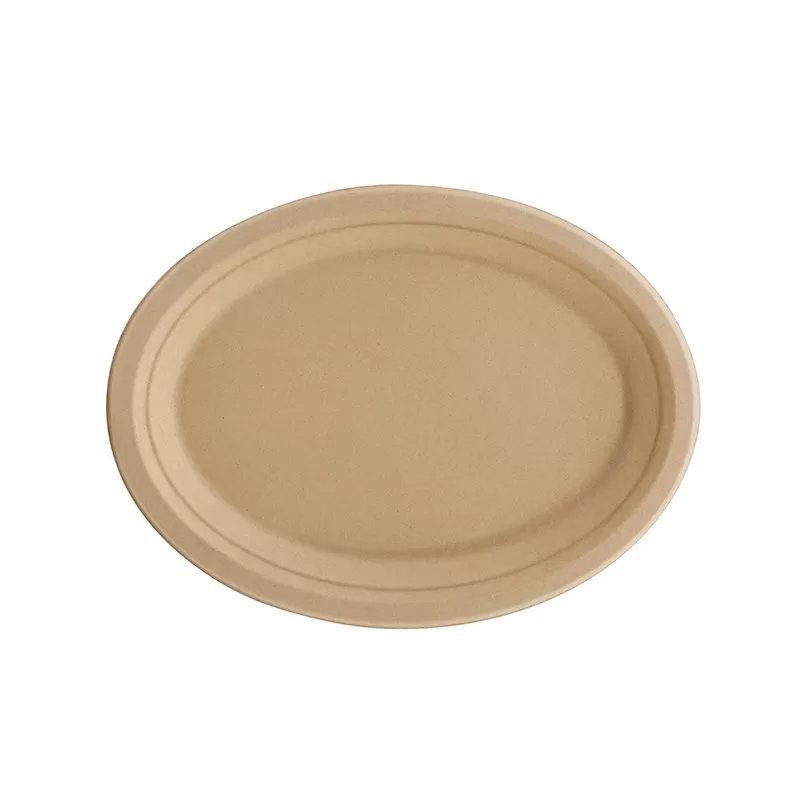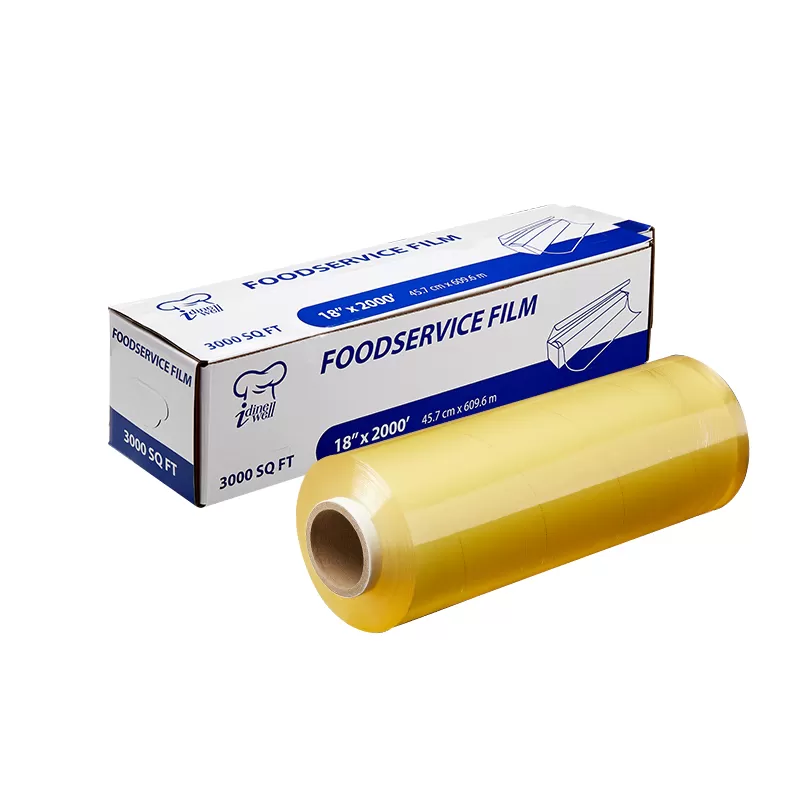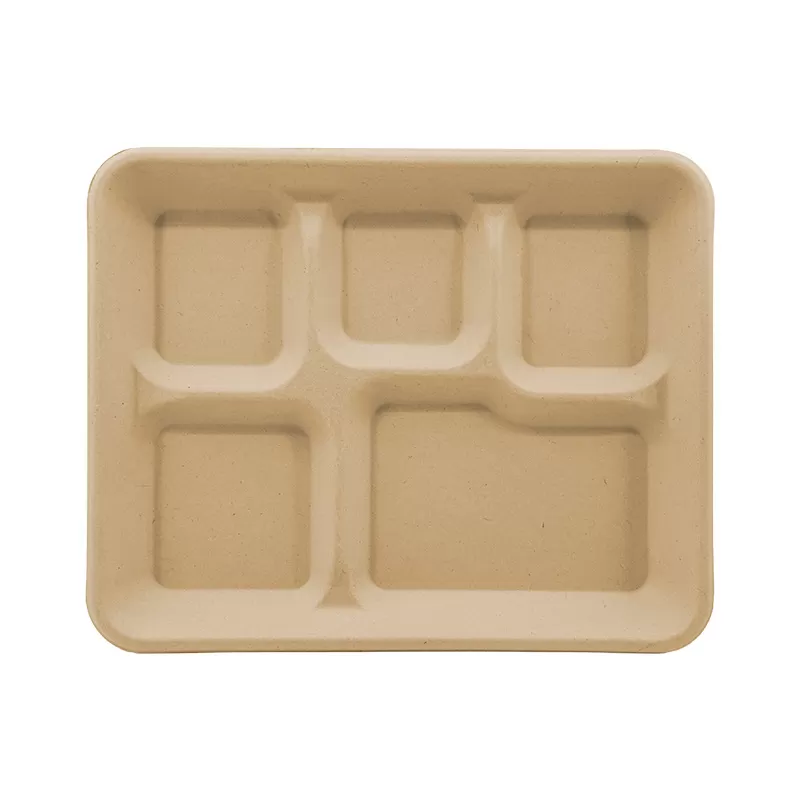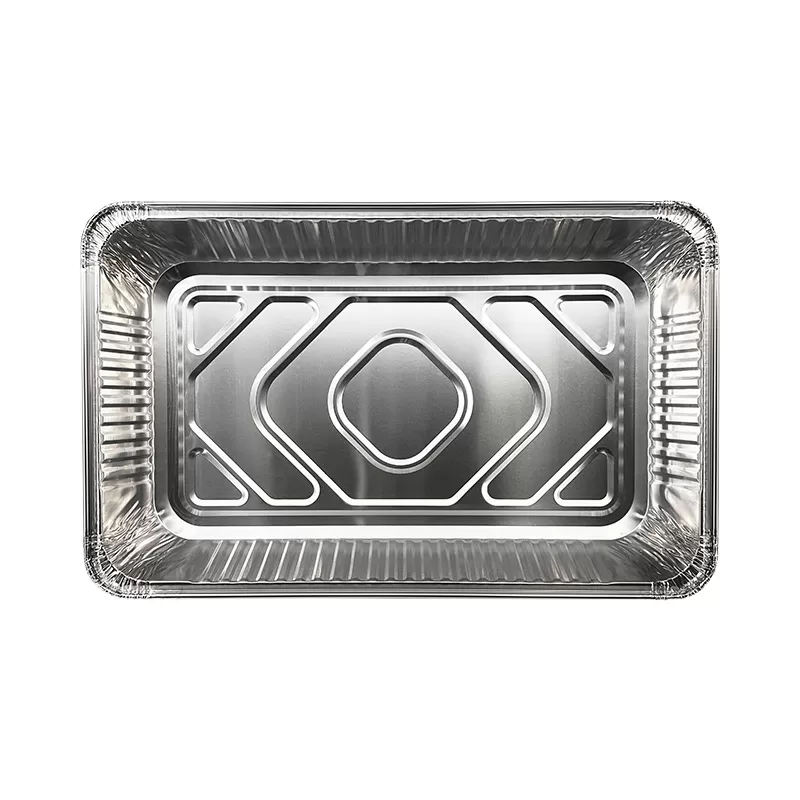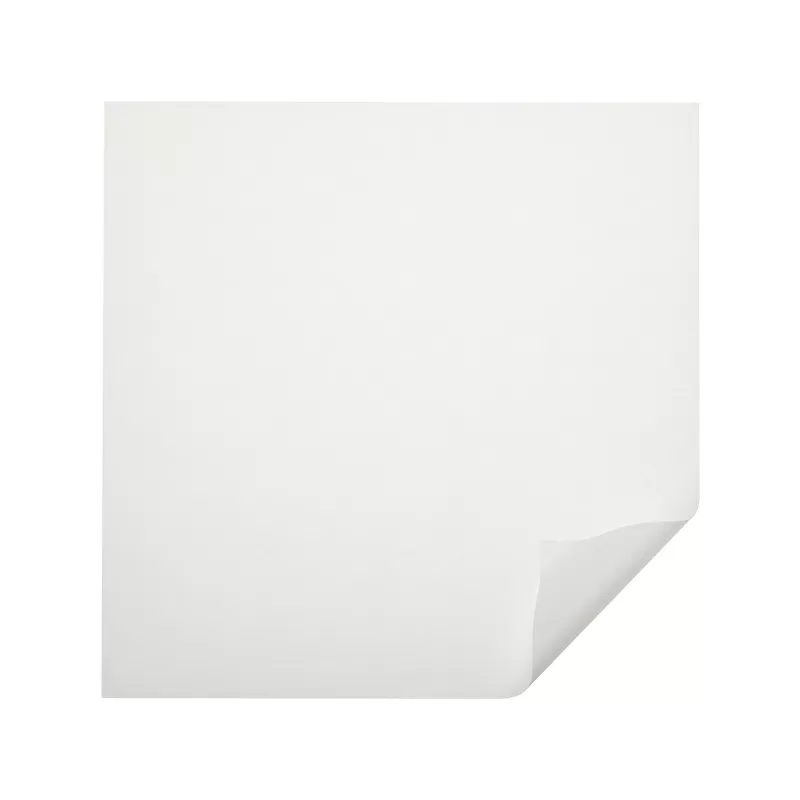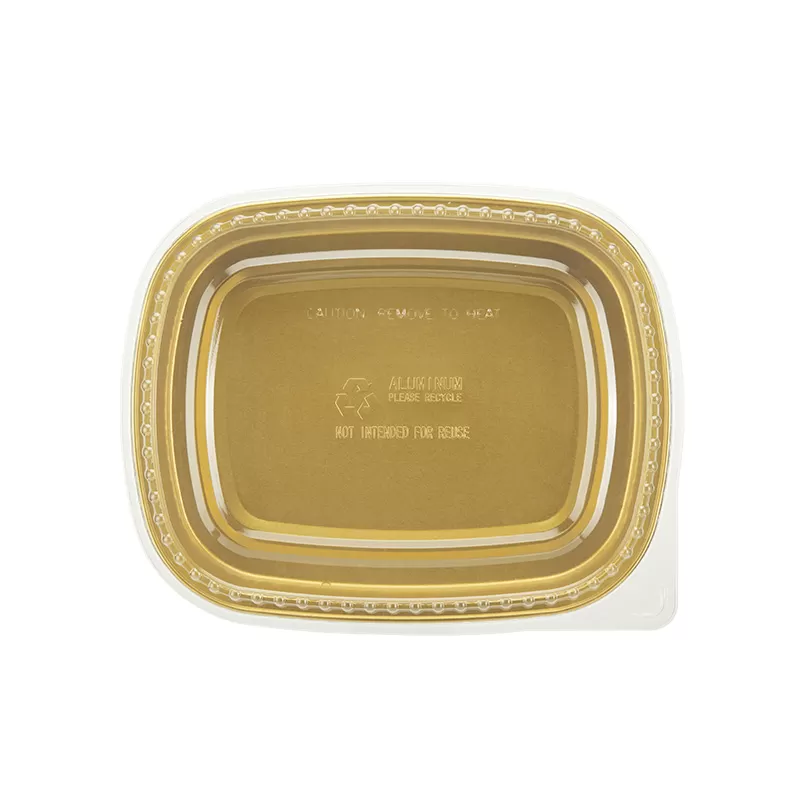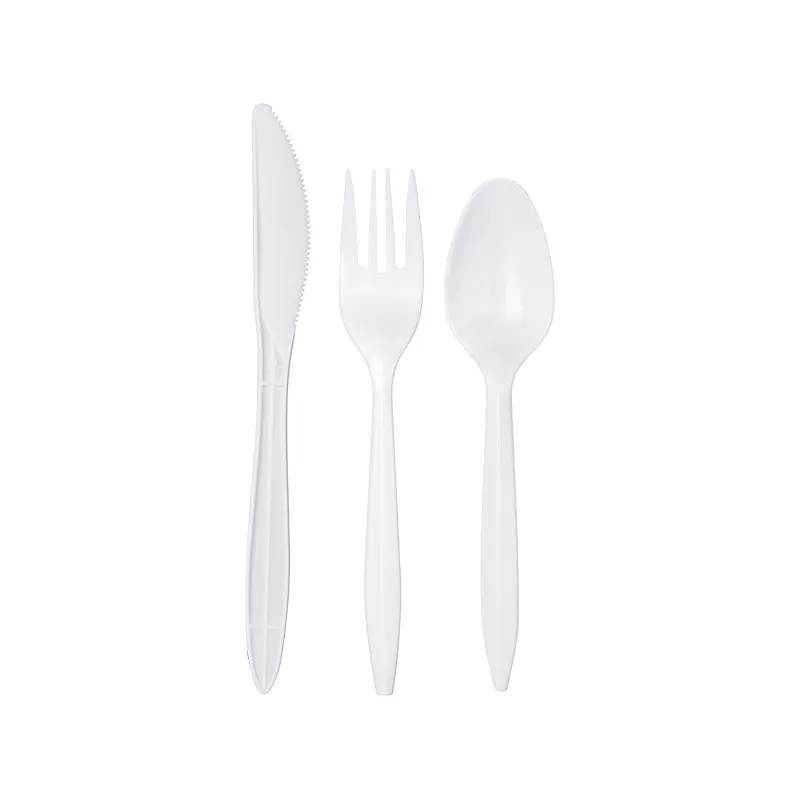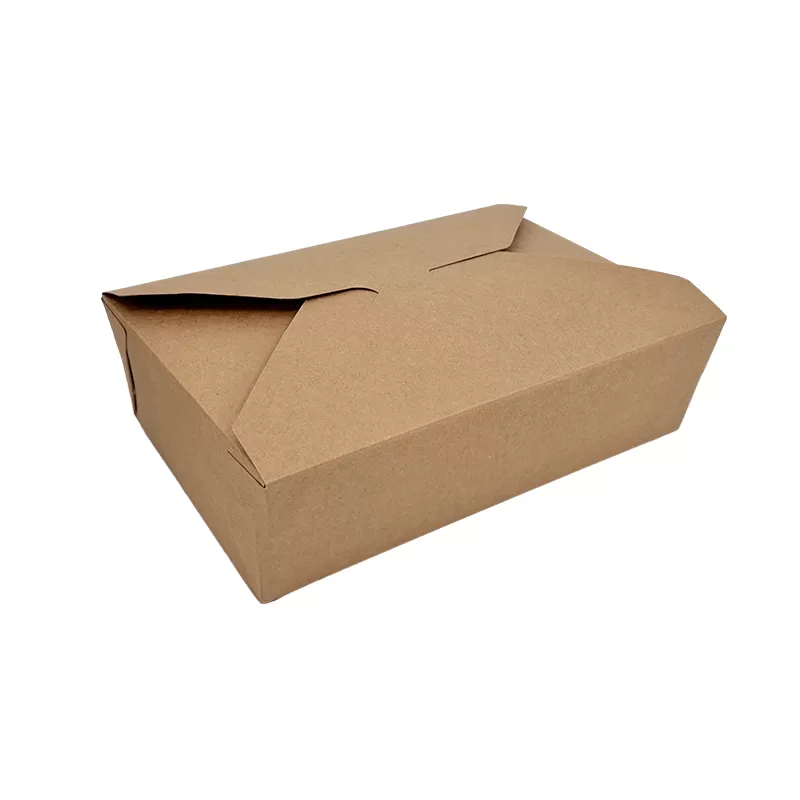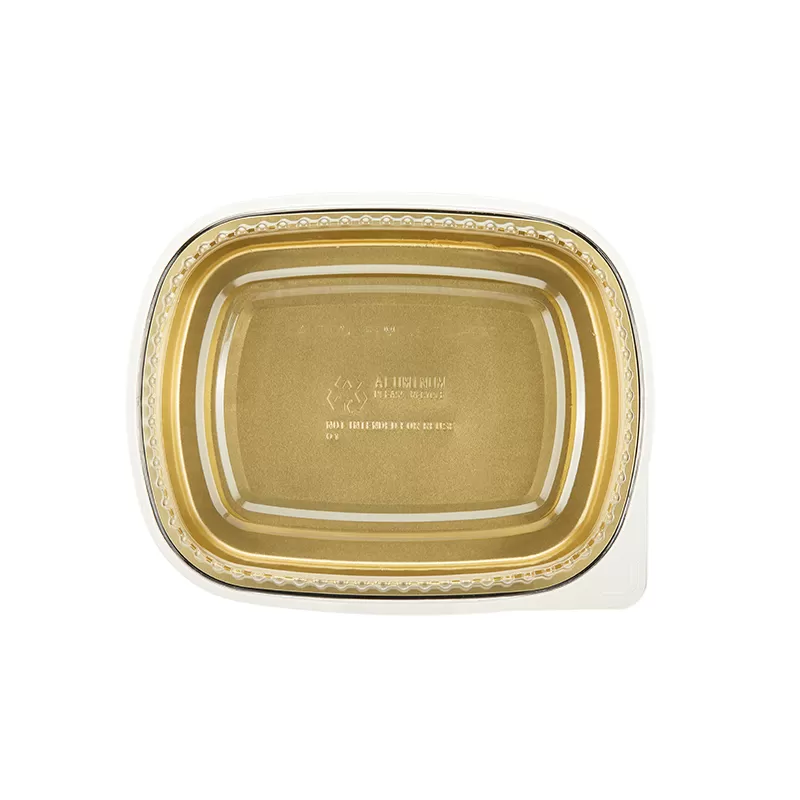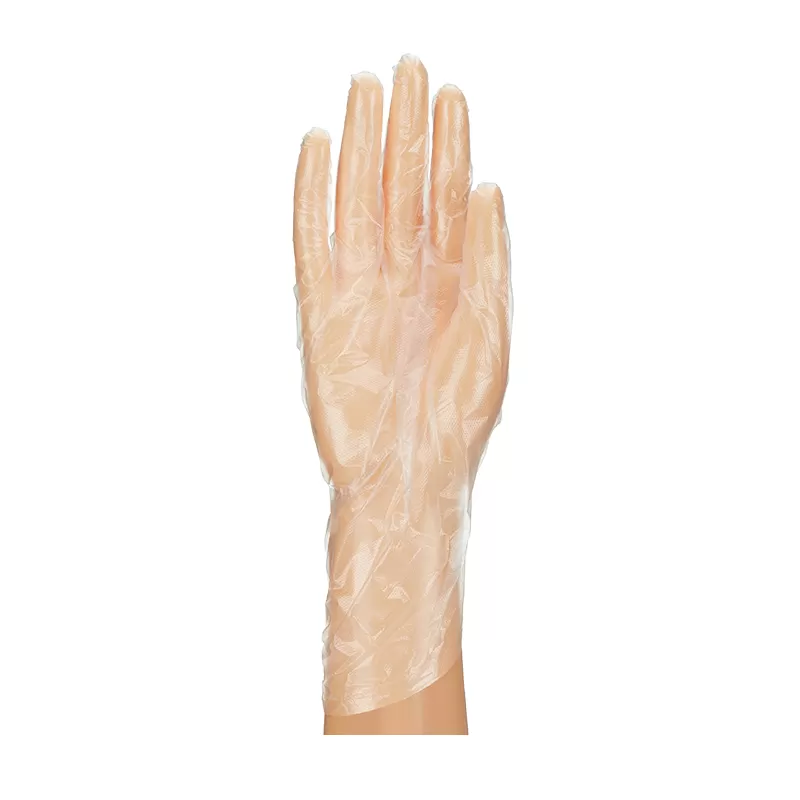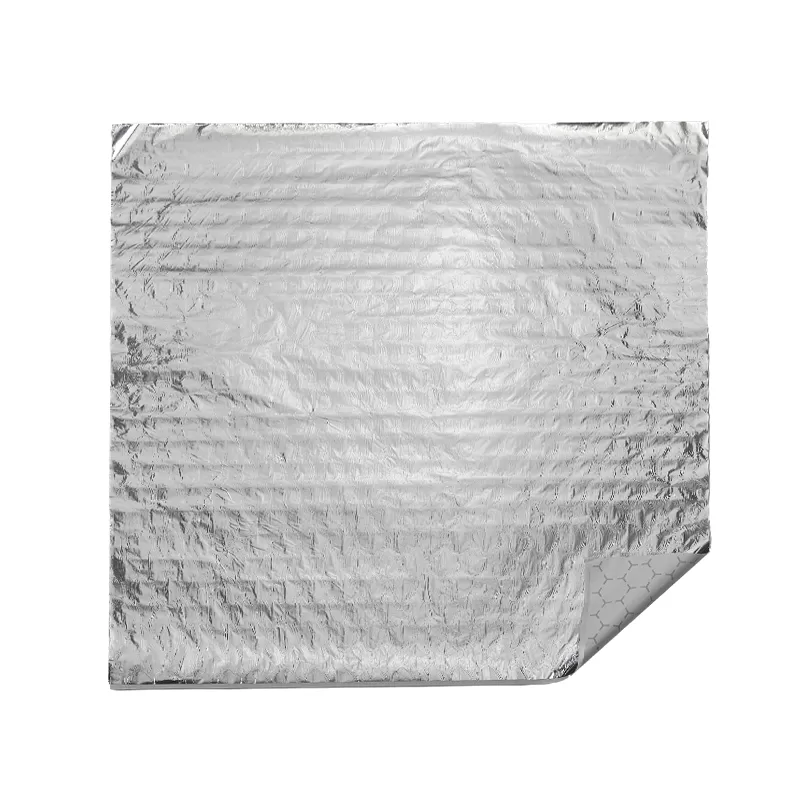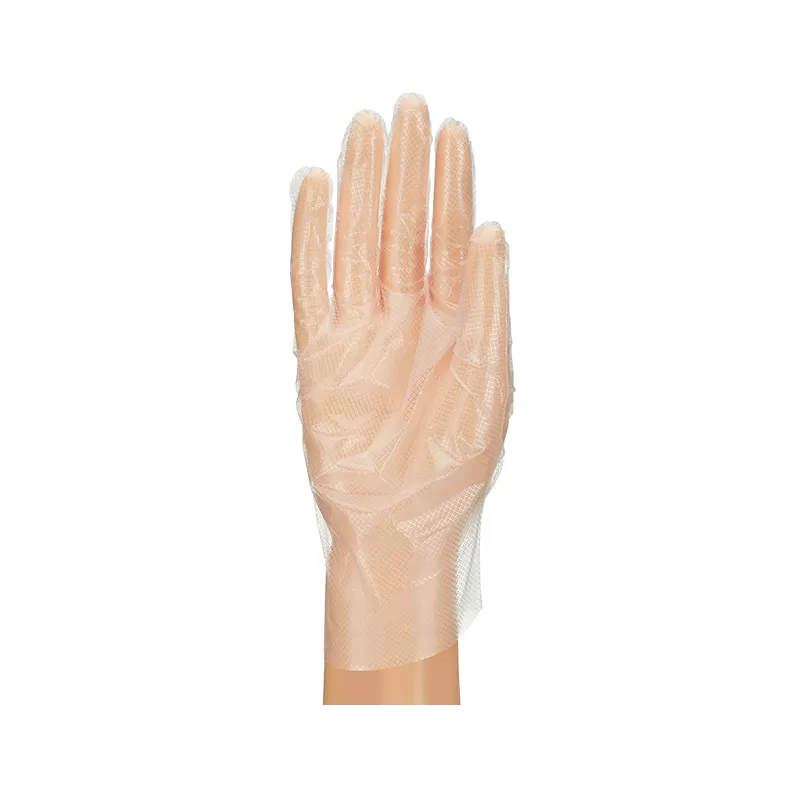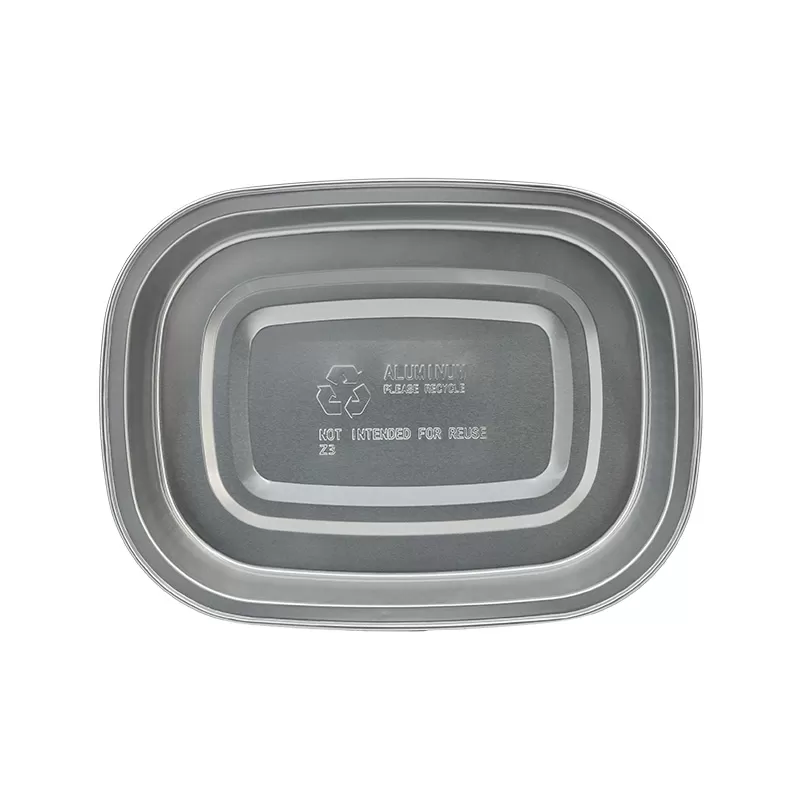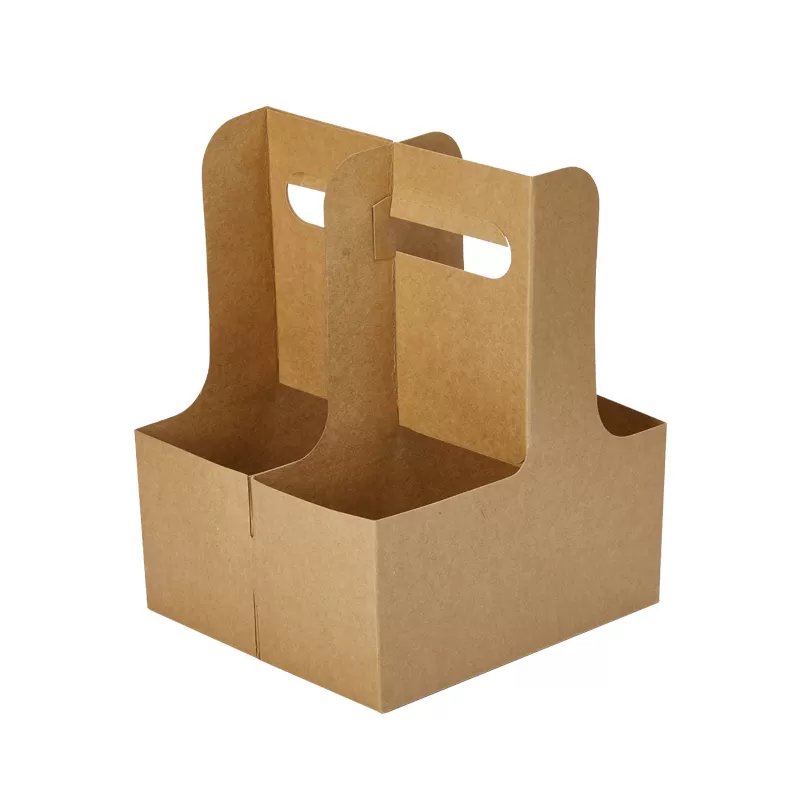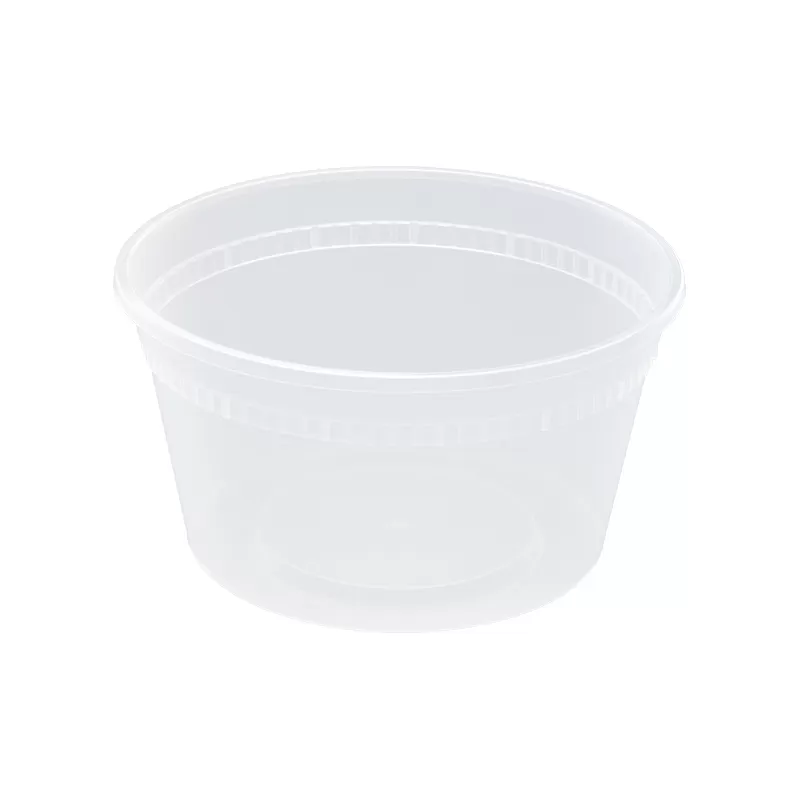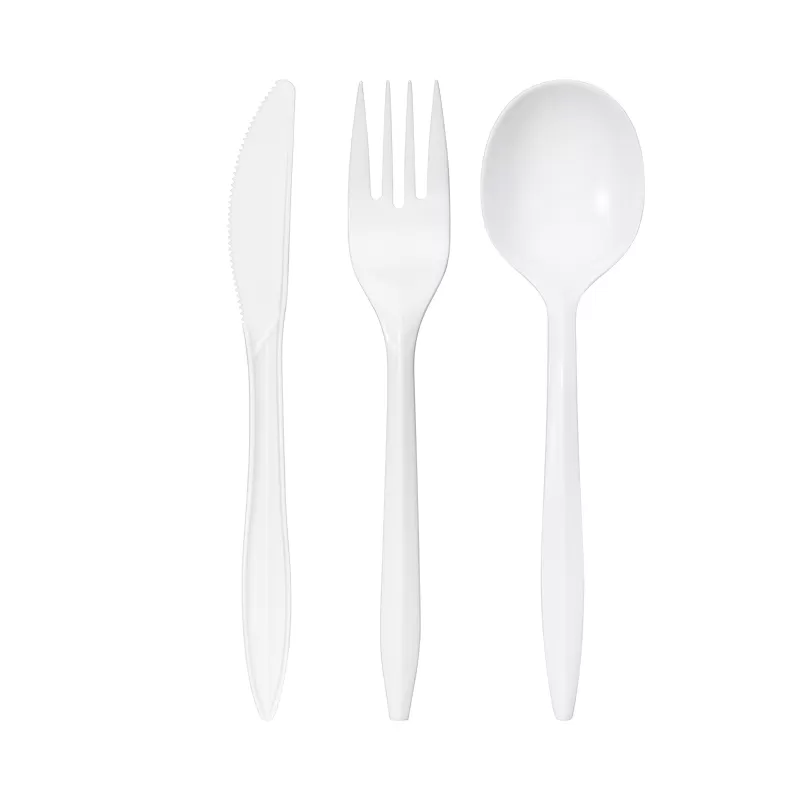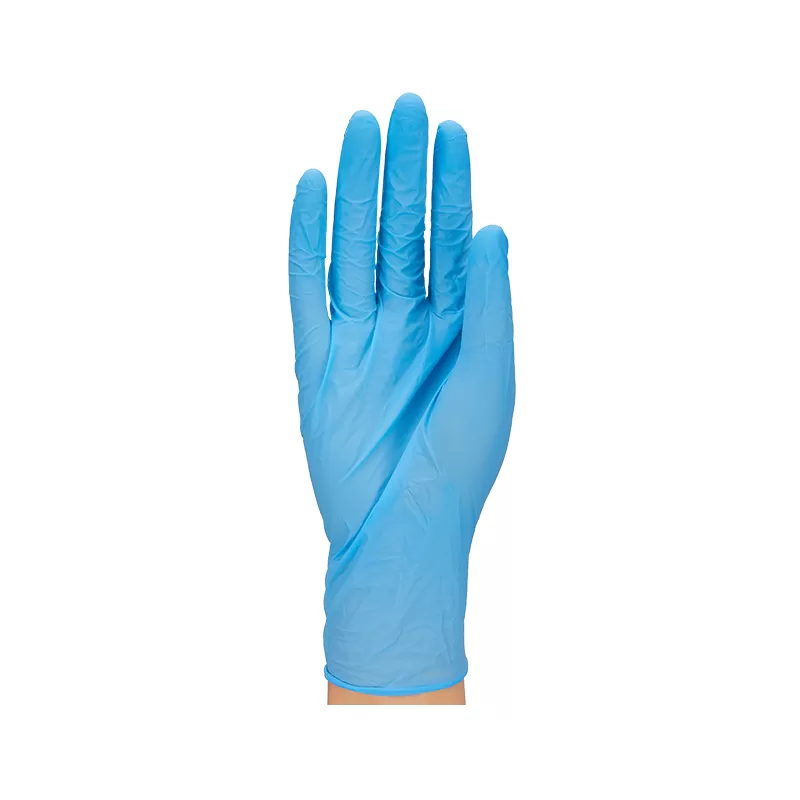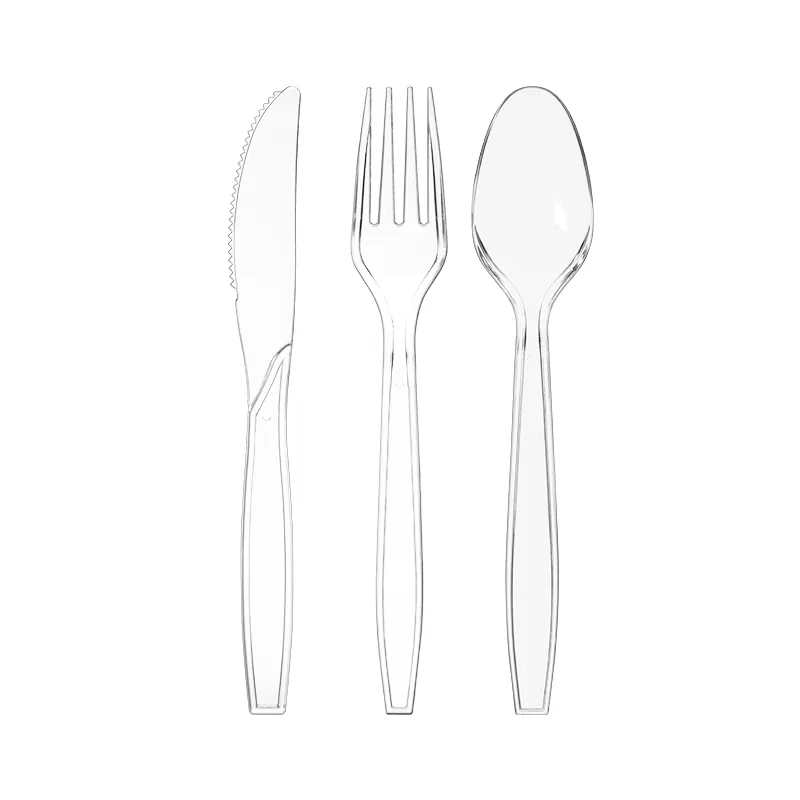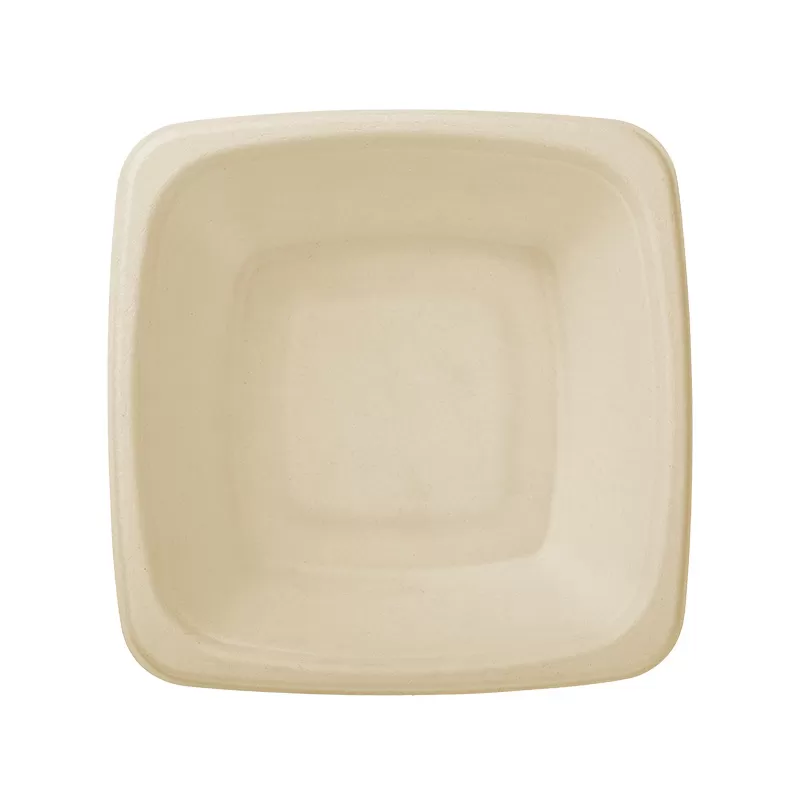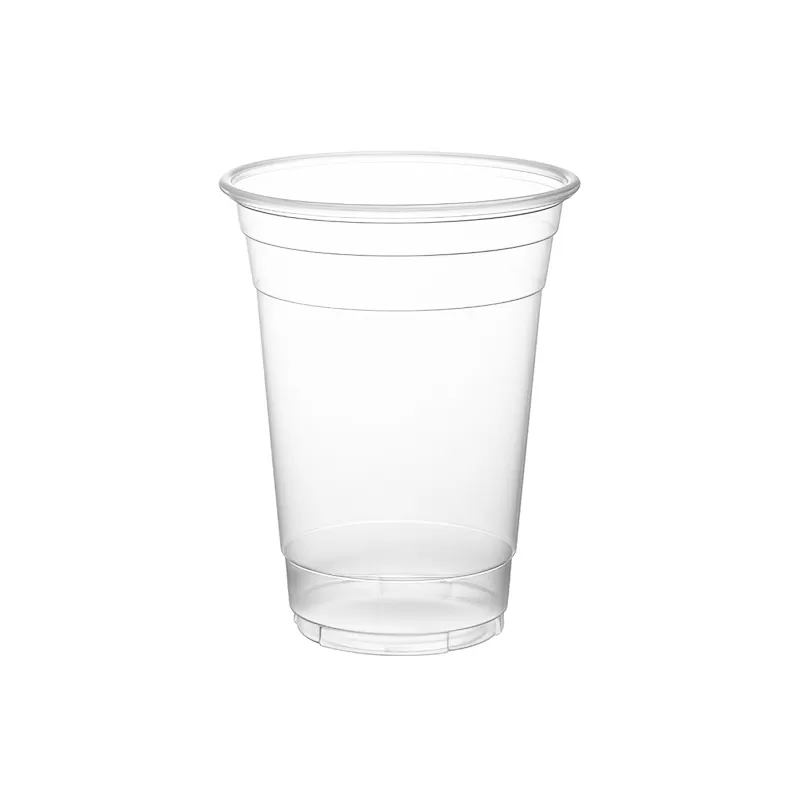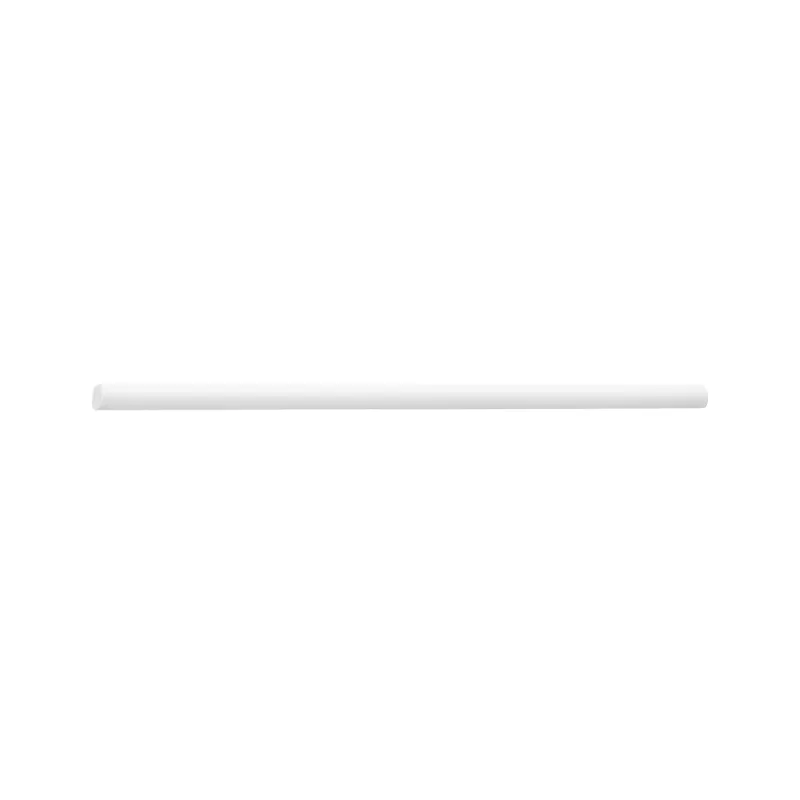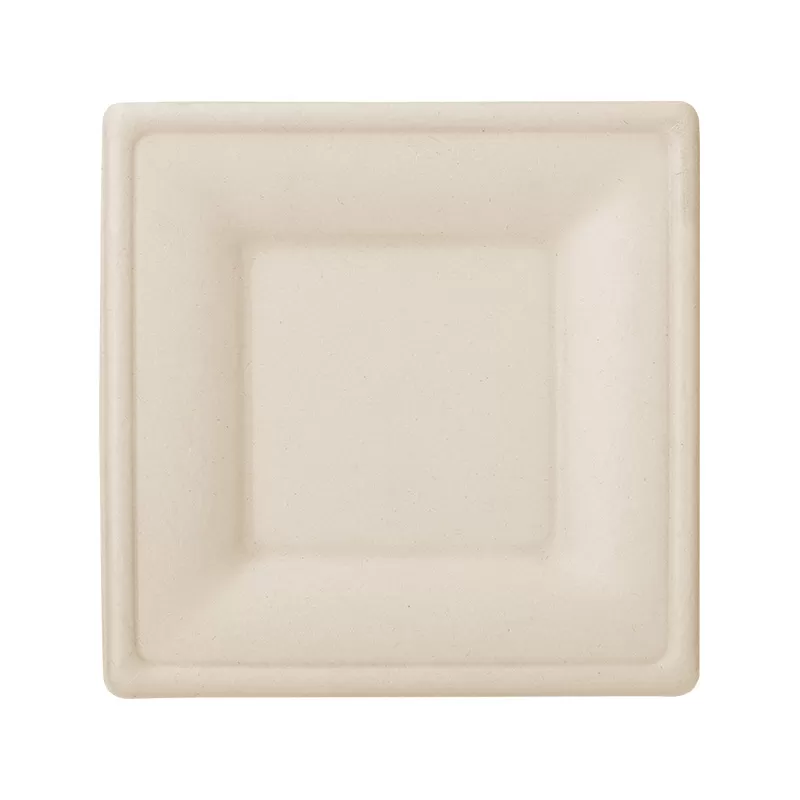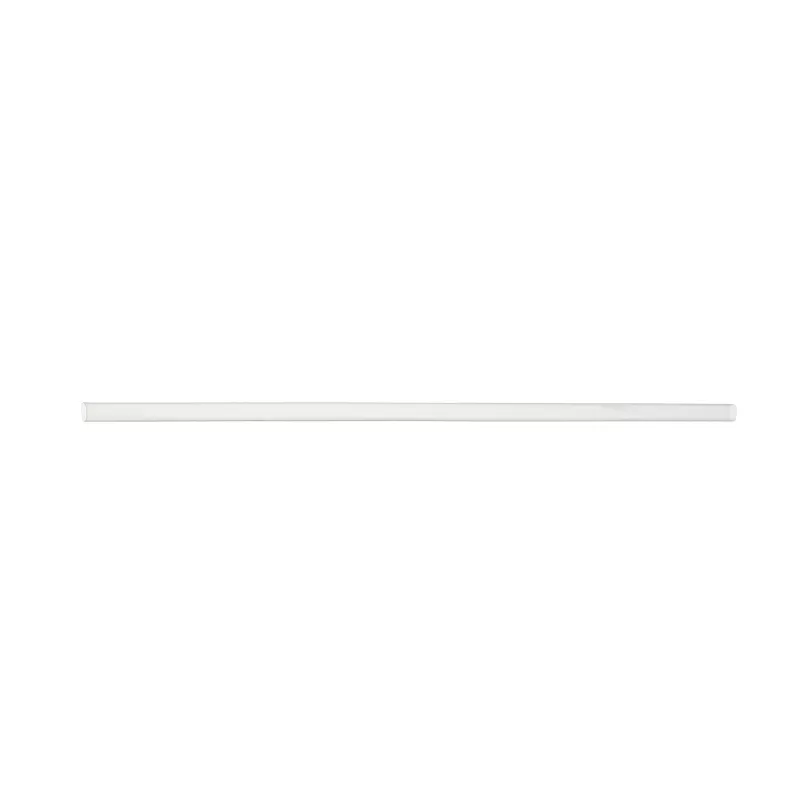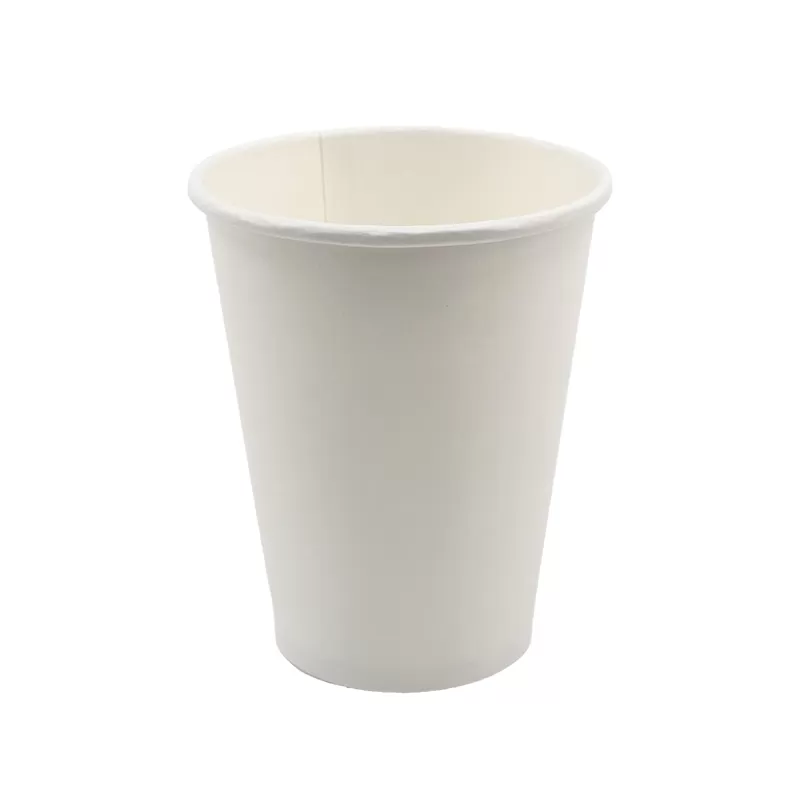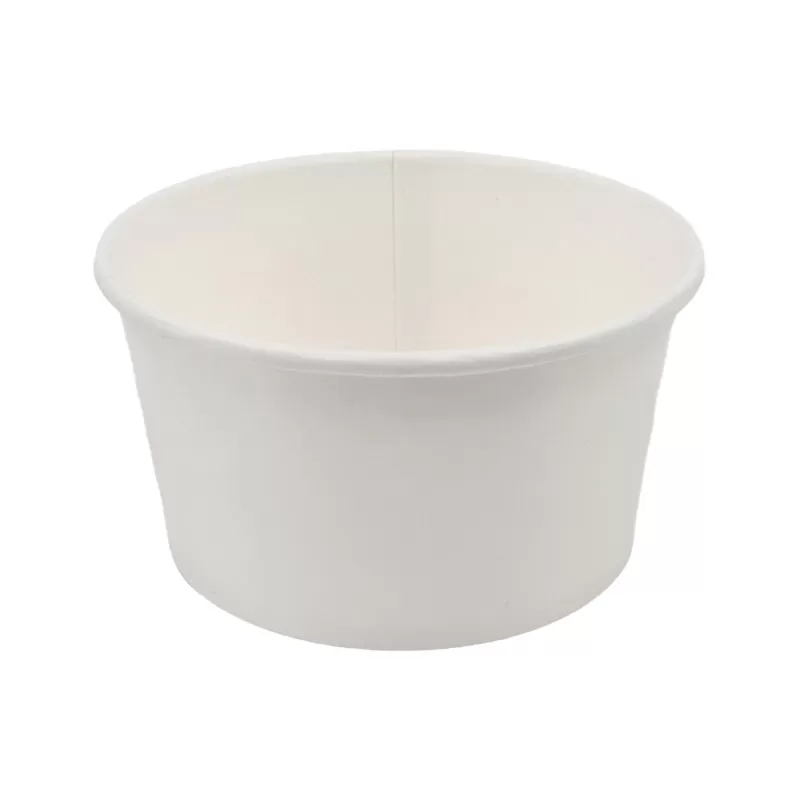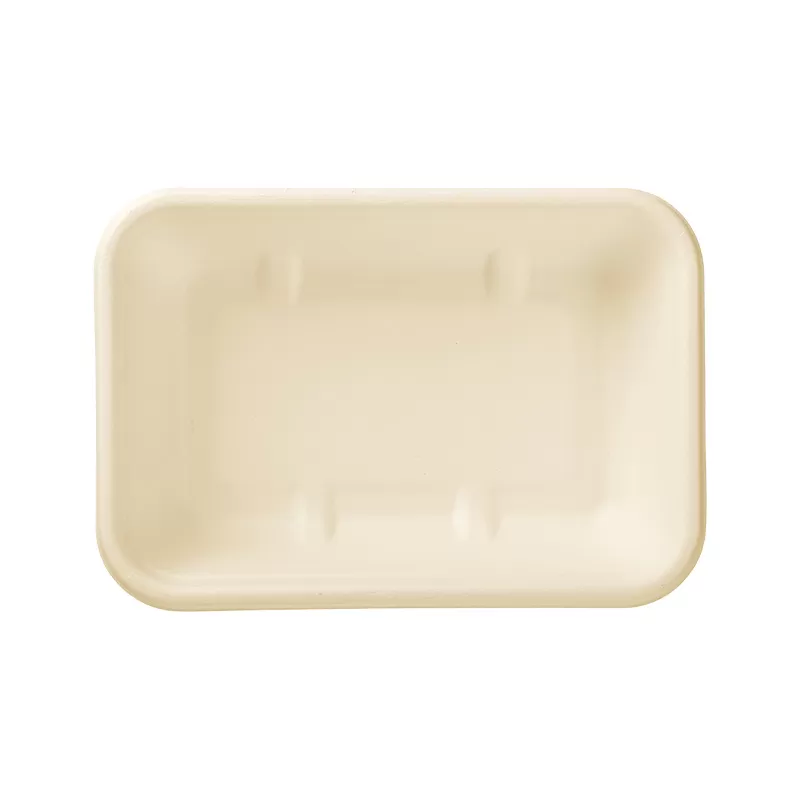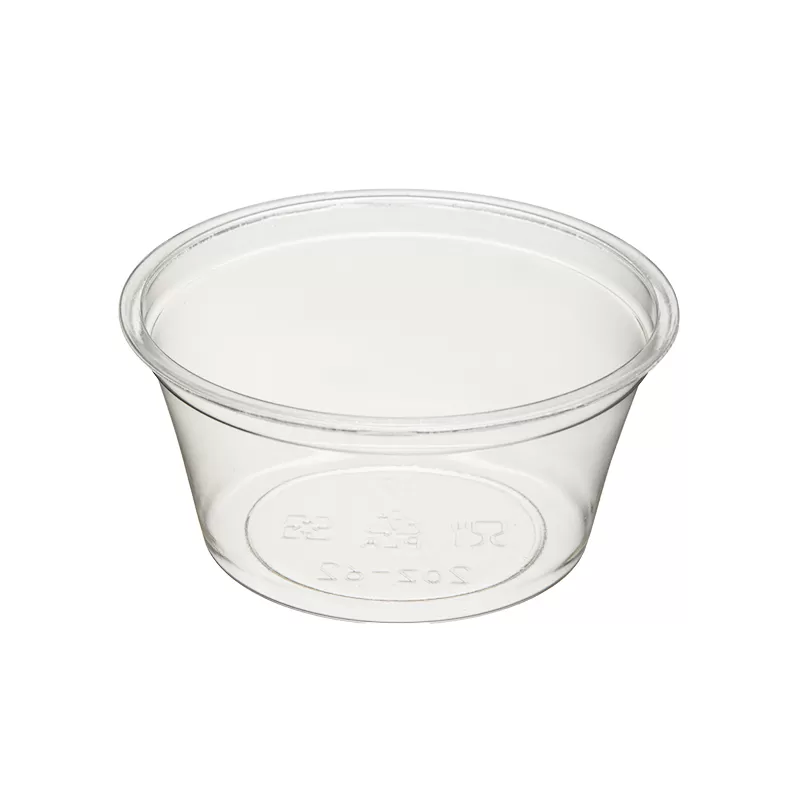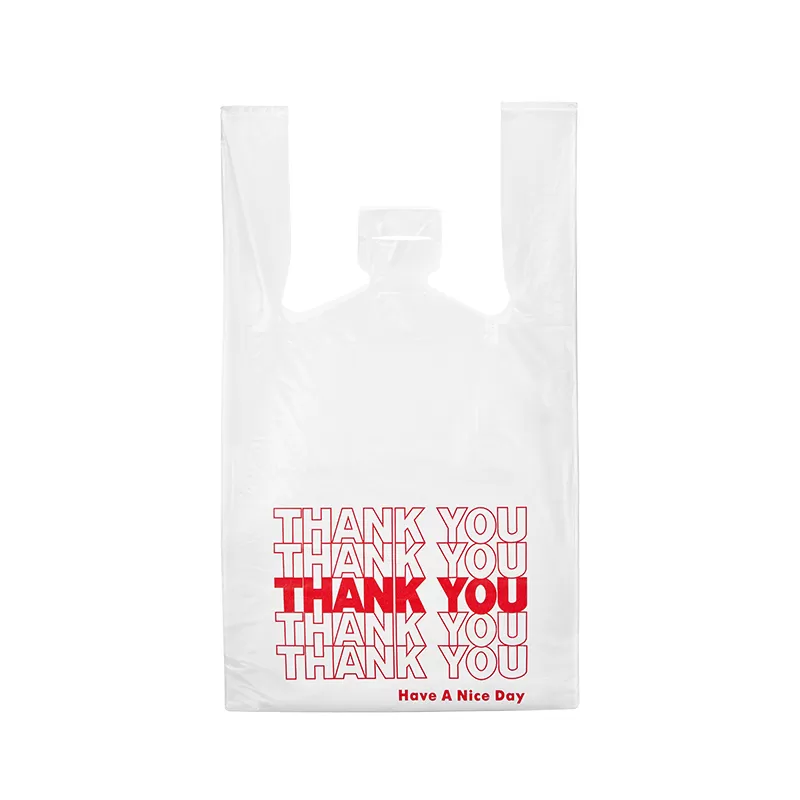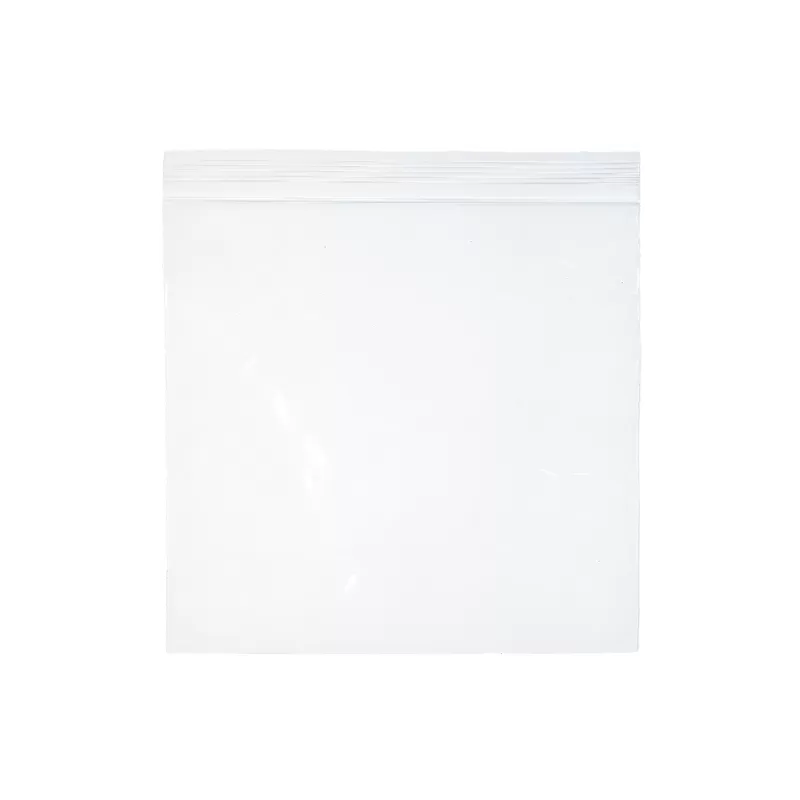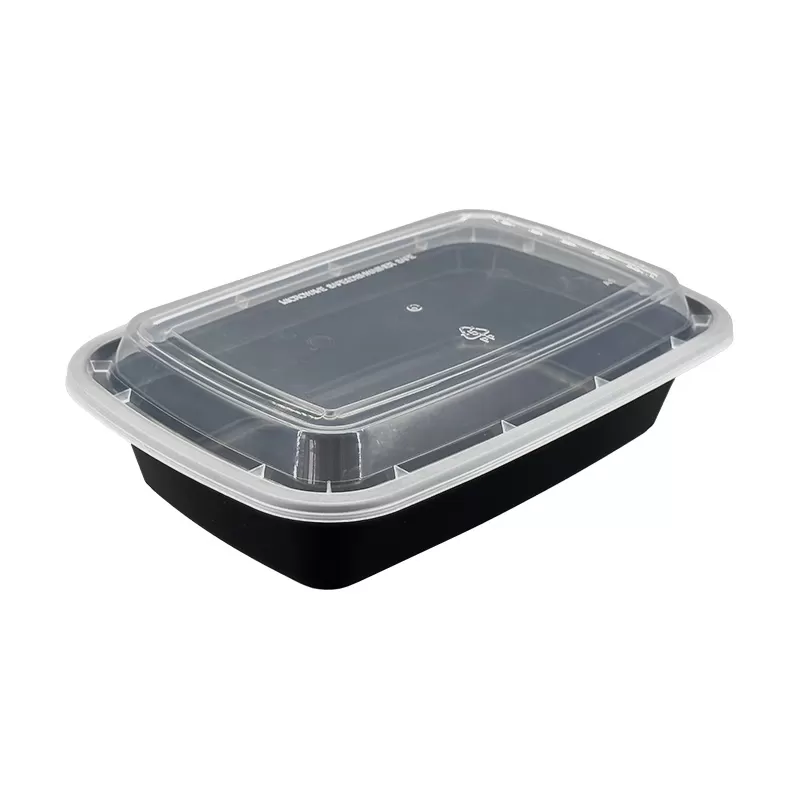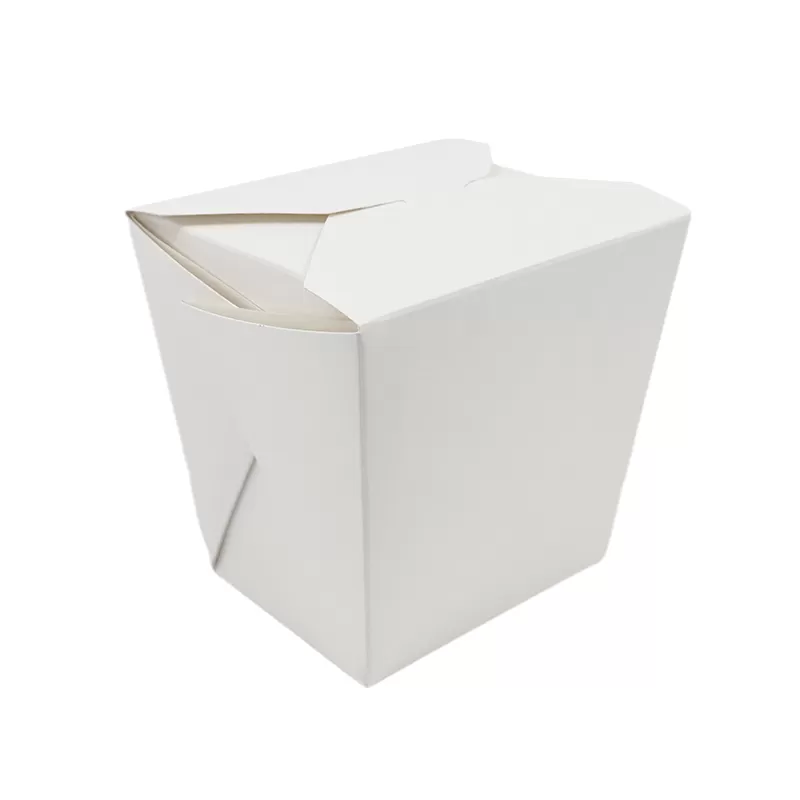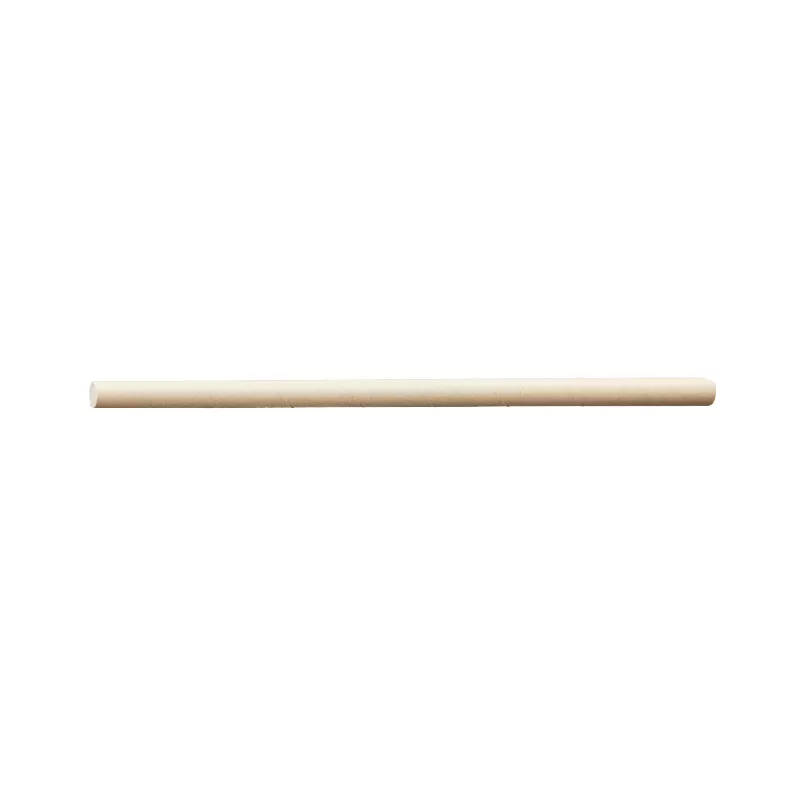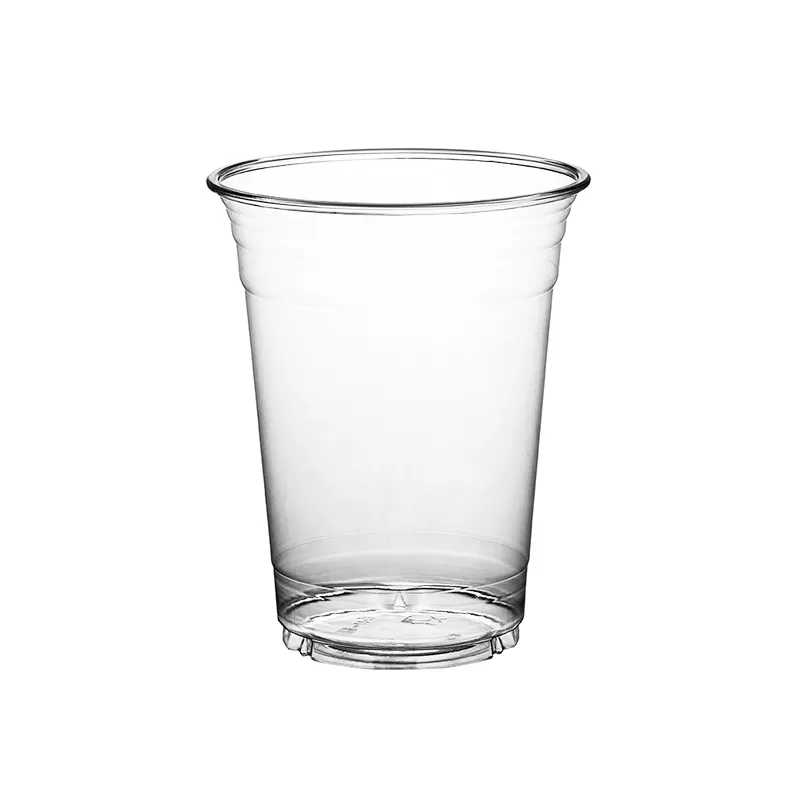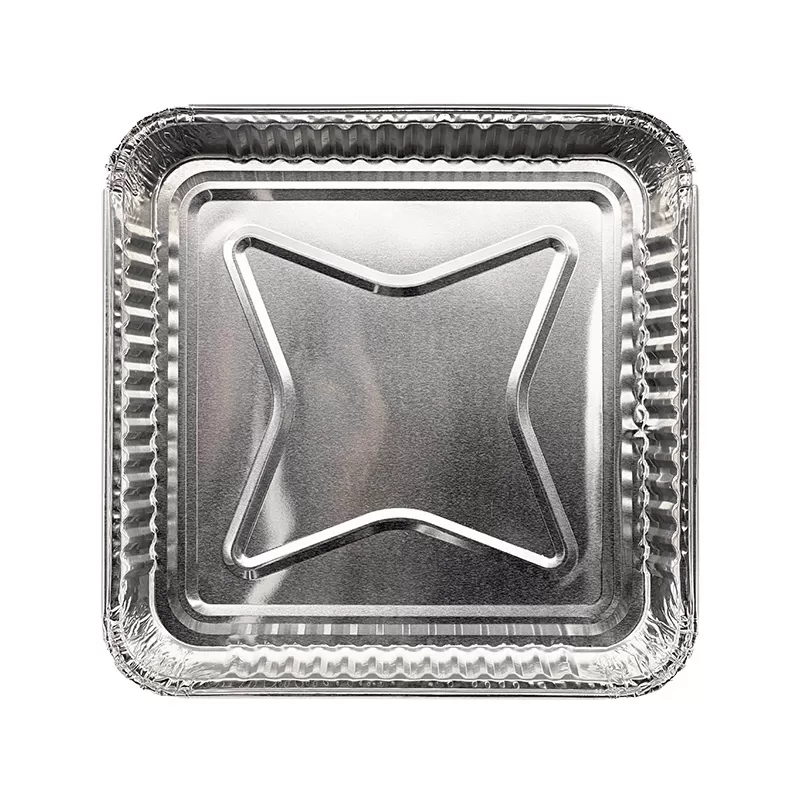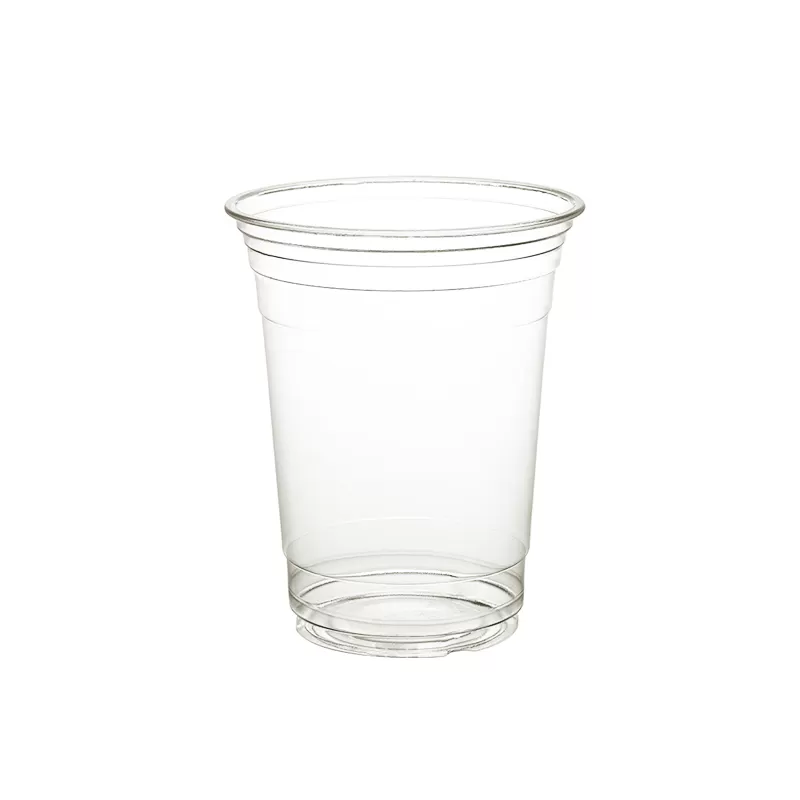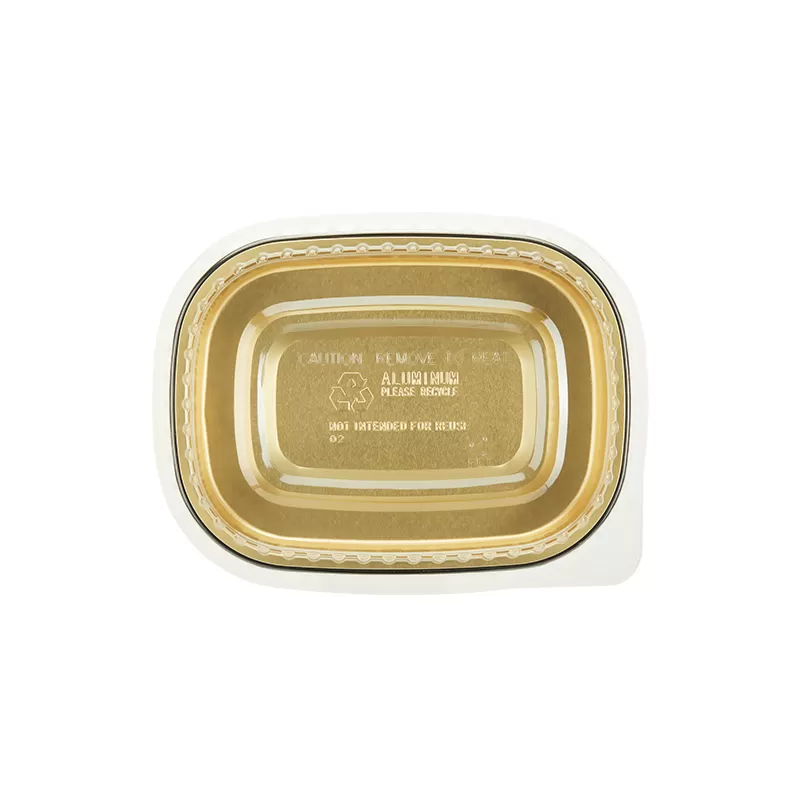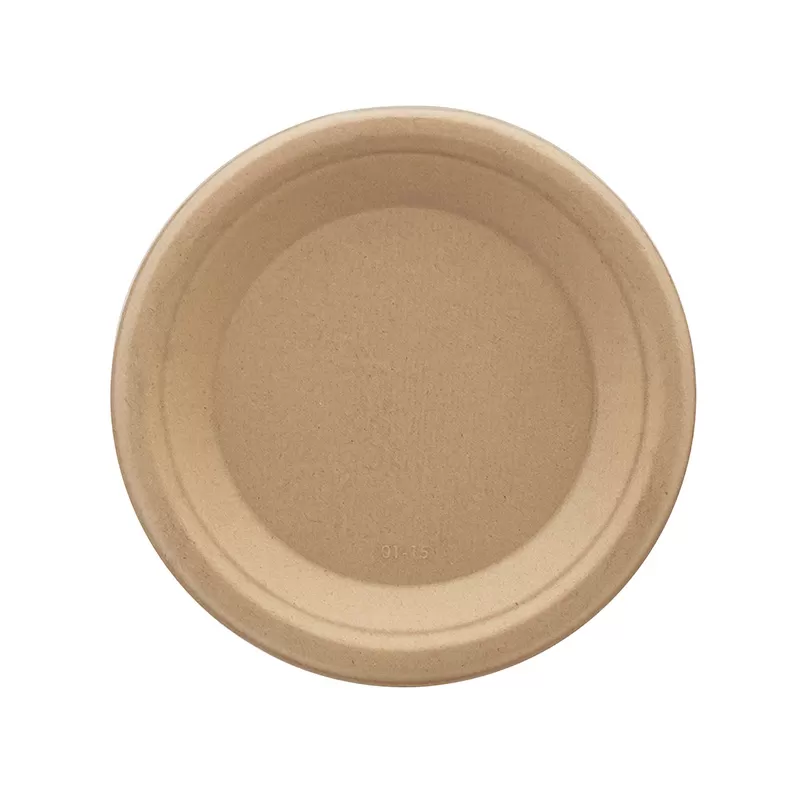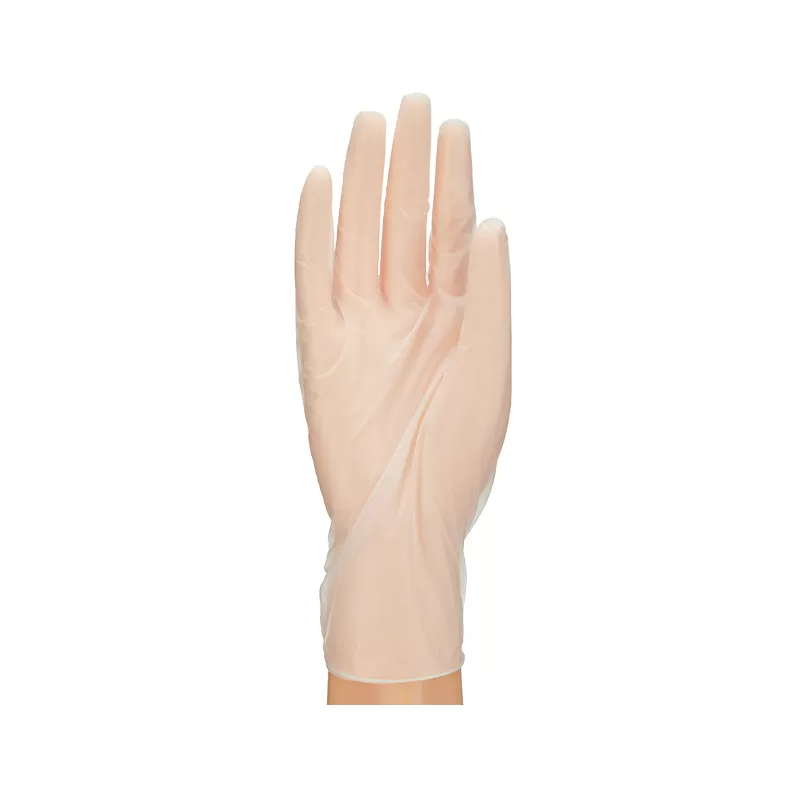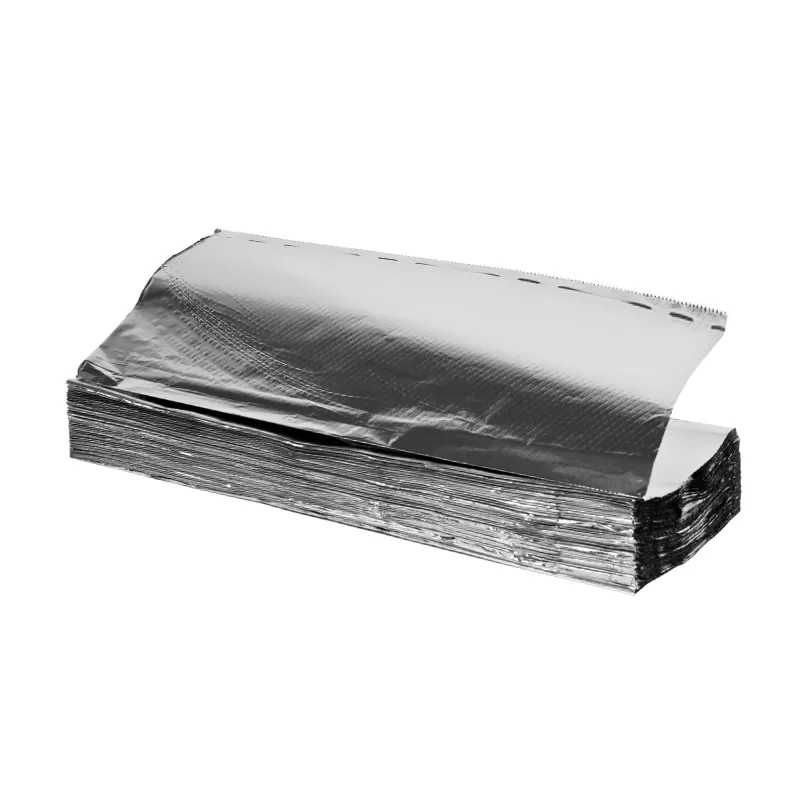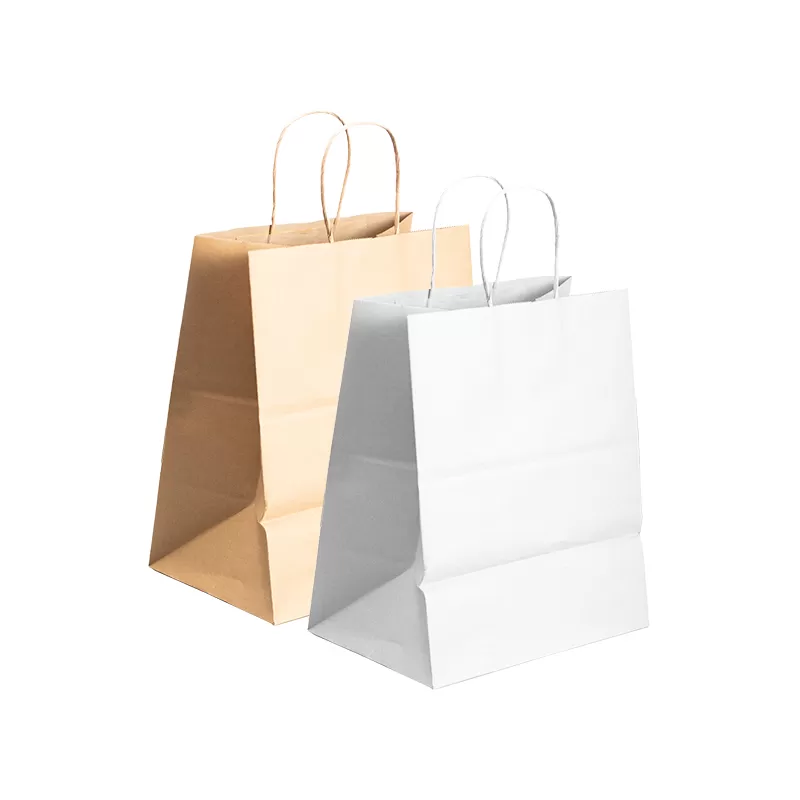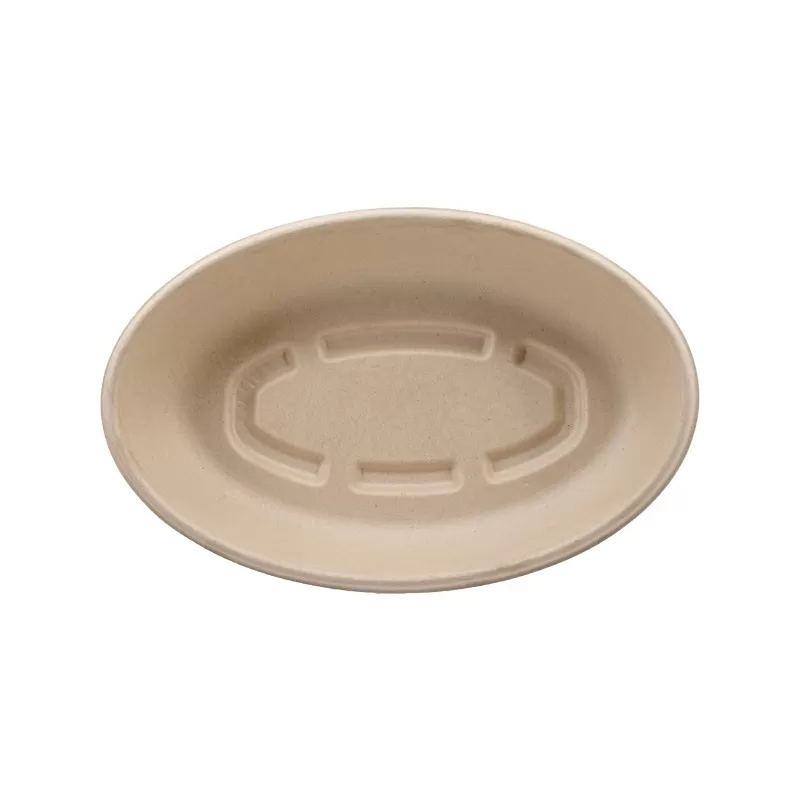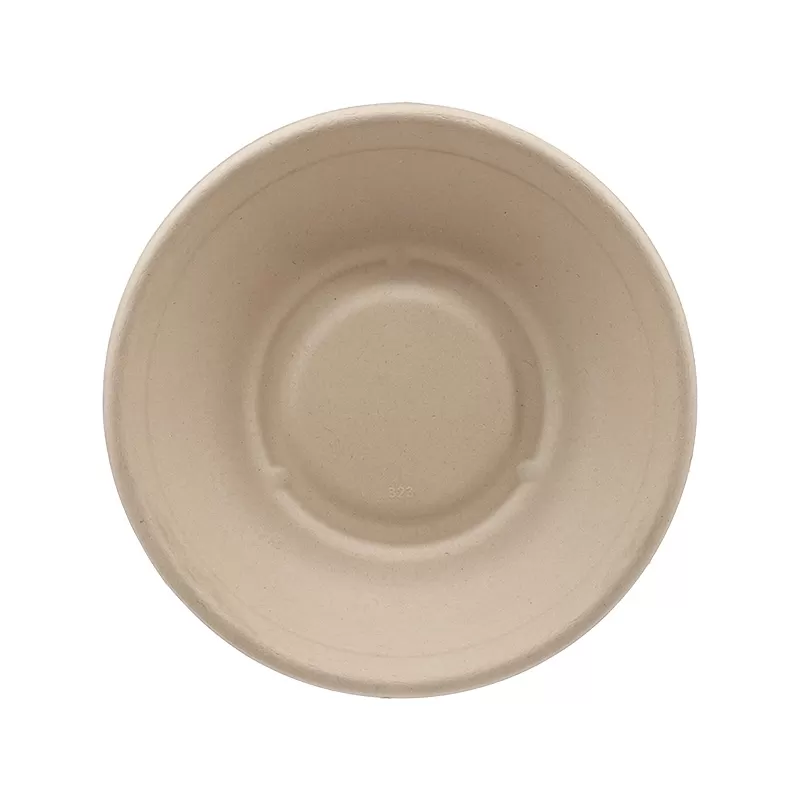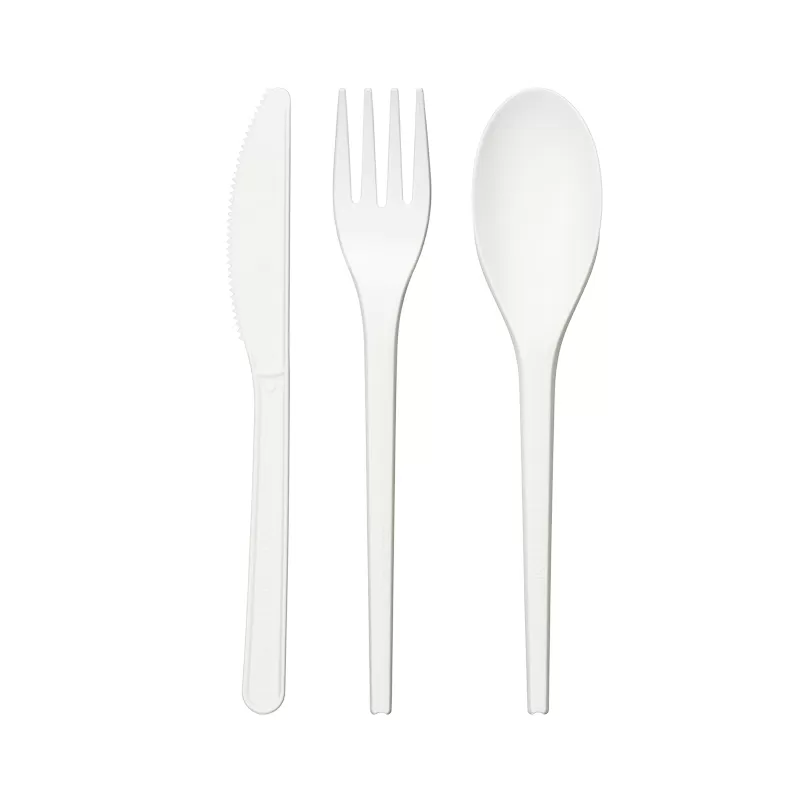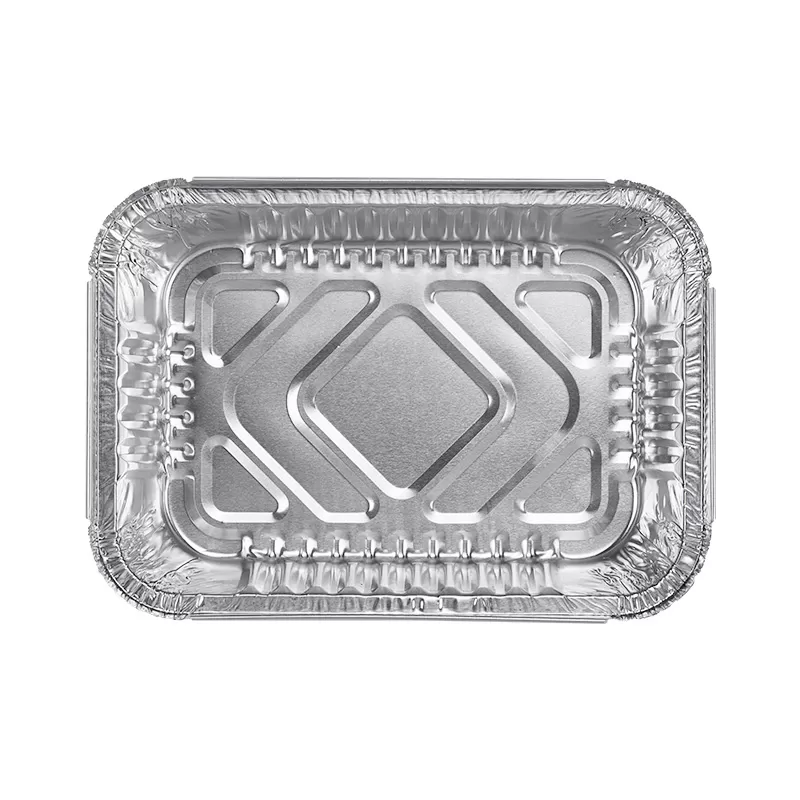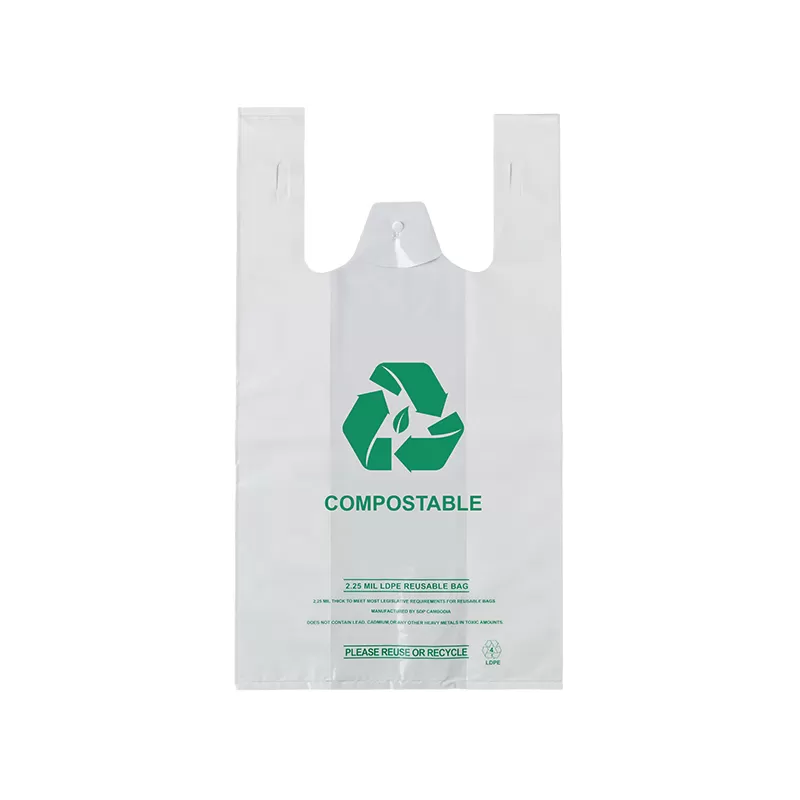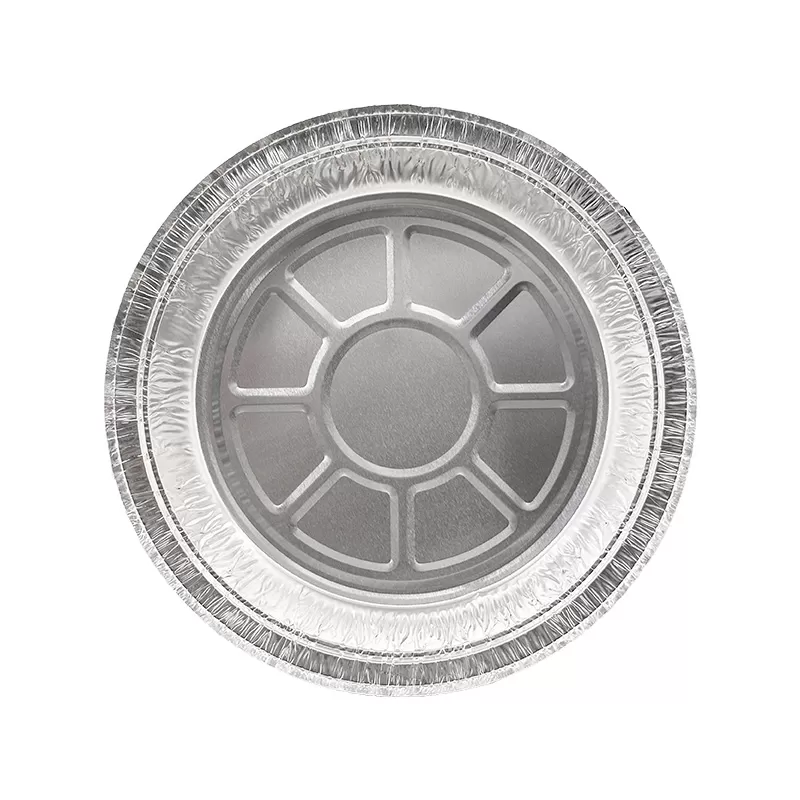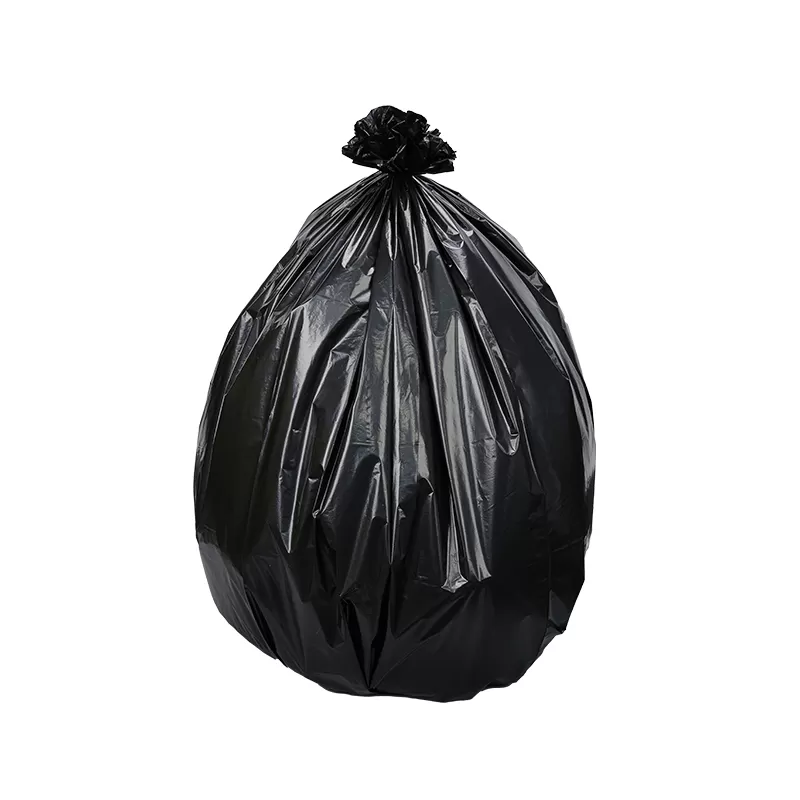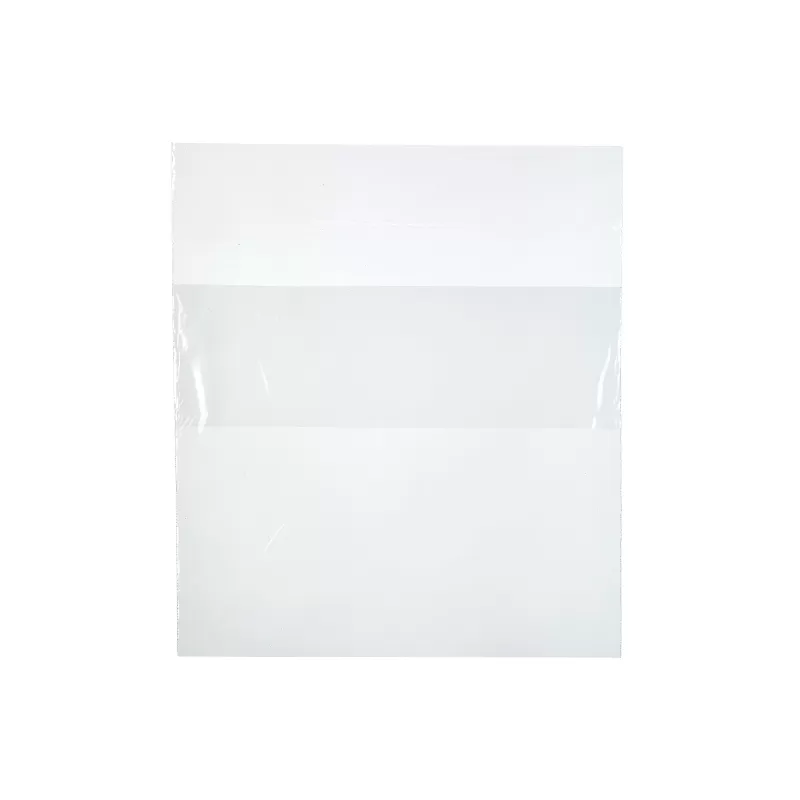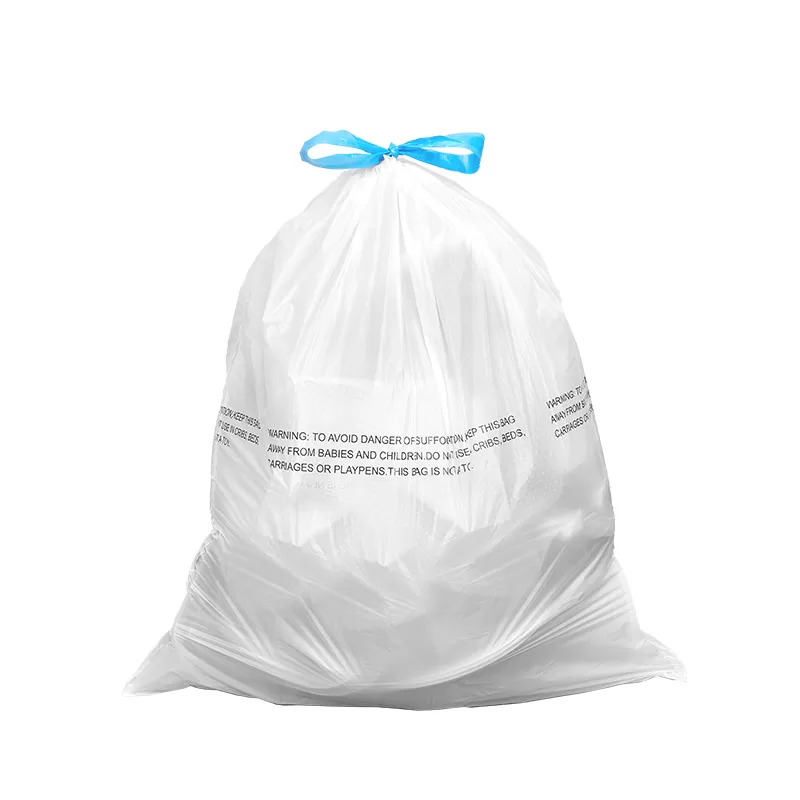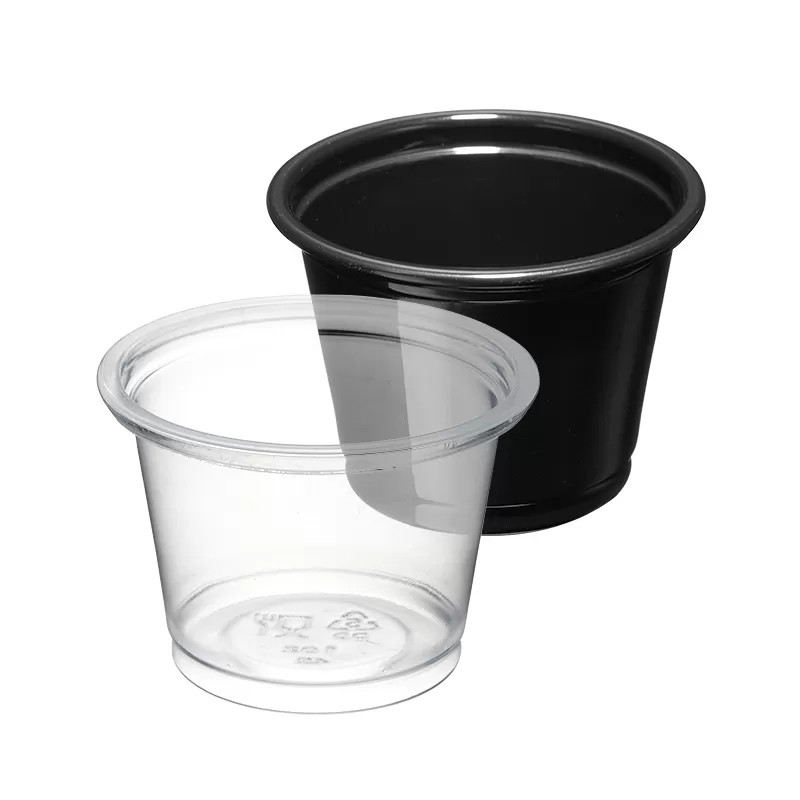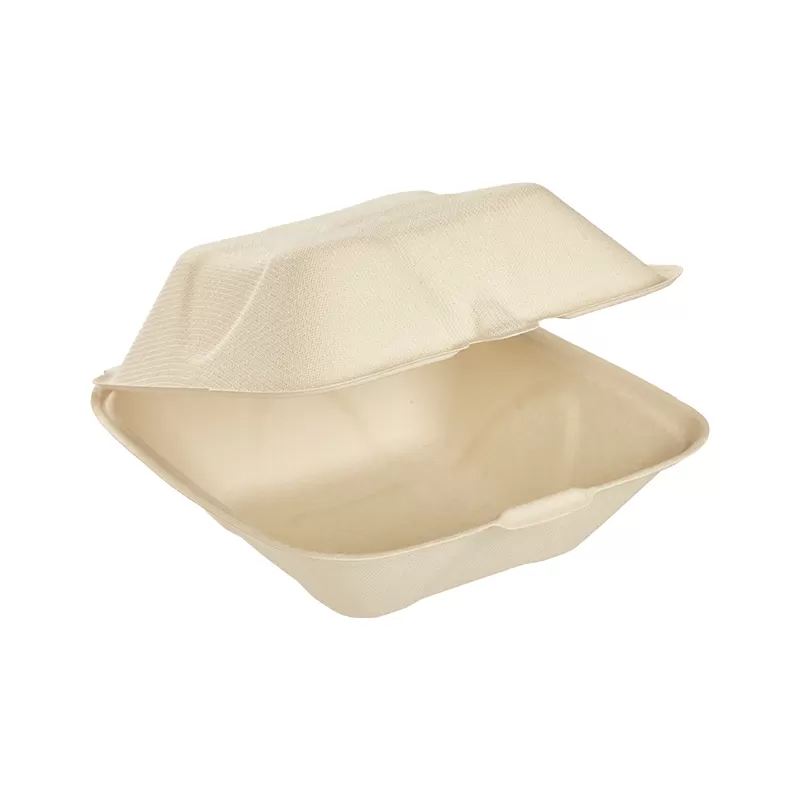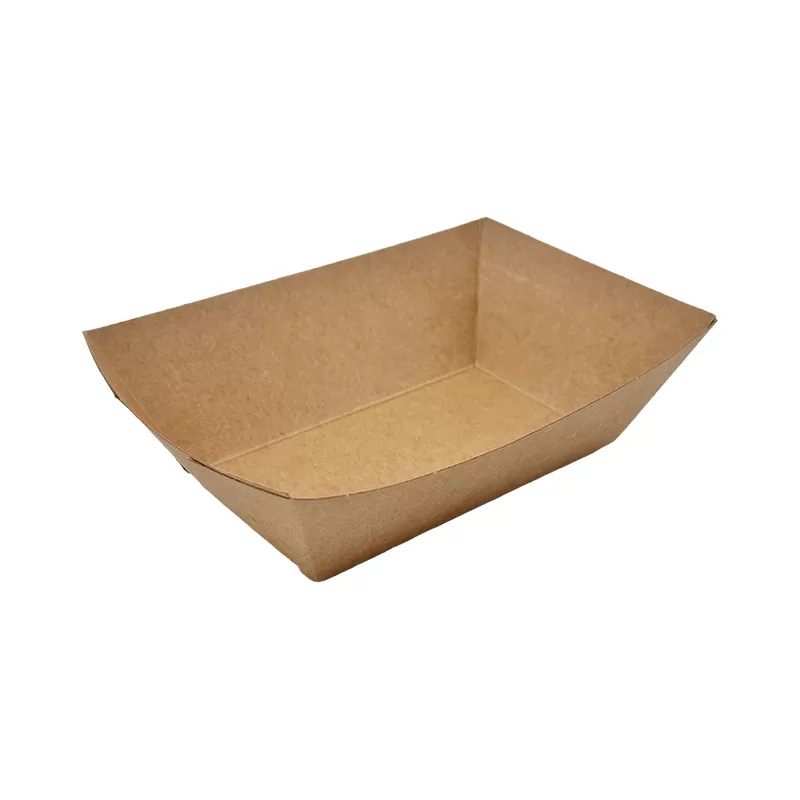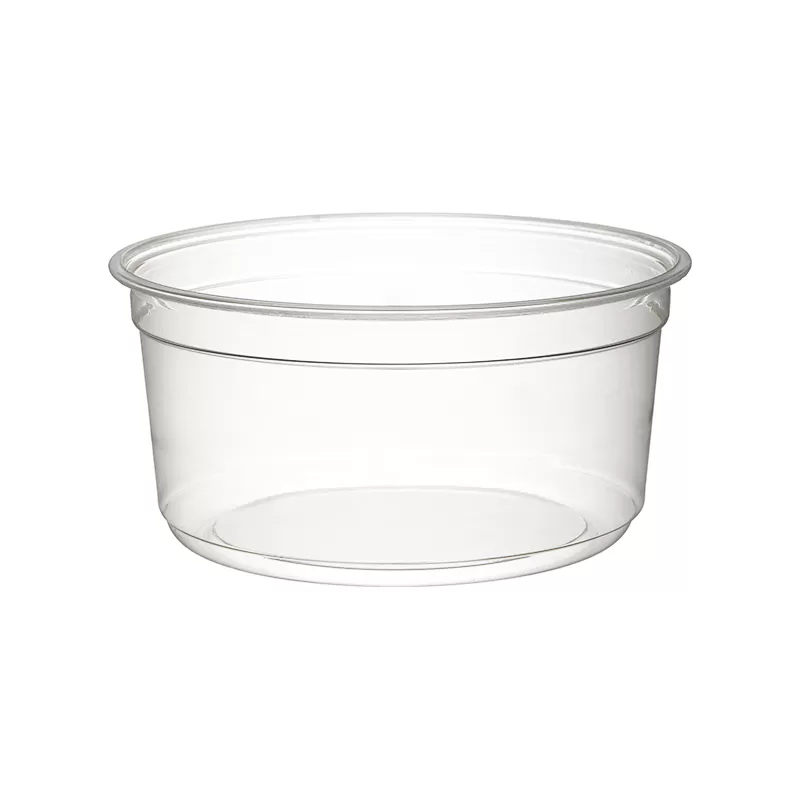Food paper containers refer to containers made from paper or cardboard intended for packaging food products. Due to their excellent processing characteristics, good printing performance, low cost, light weight, and recyclability, paper containers have become one of the most promising green packaging materials.
Consumers can consider the following aspects when selecting reliable products:

Check the product labeling
The complete product label on disposable paper food containers should include the product name, trademark, standard serial number, production date, shelf life or batch number and expiration date, product type, specifications, grade, quantity, product certification, and the "QS" quality supervision mark. It should also include the name and address of the manufacturer (or distributor). Choosing products with complete labeling from reputable companies ensures that the quality is guaranteed and avoids purchasing products from smaller businesses where quality may be uncertain.
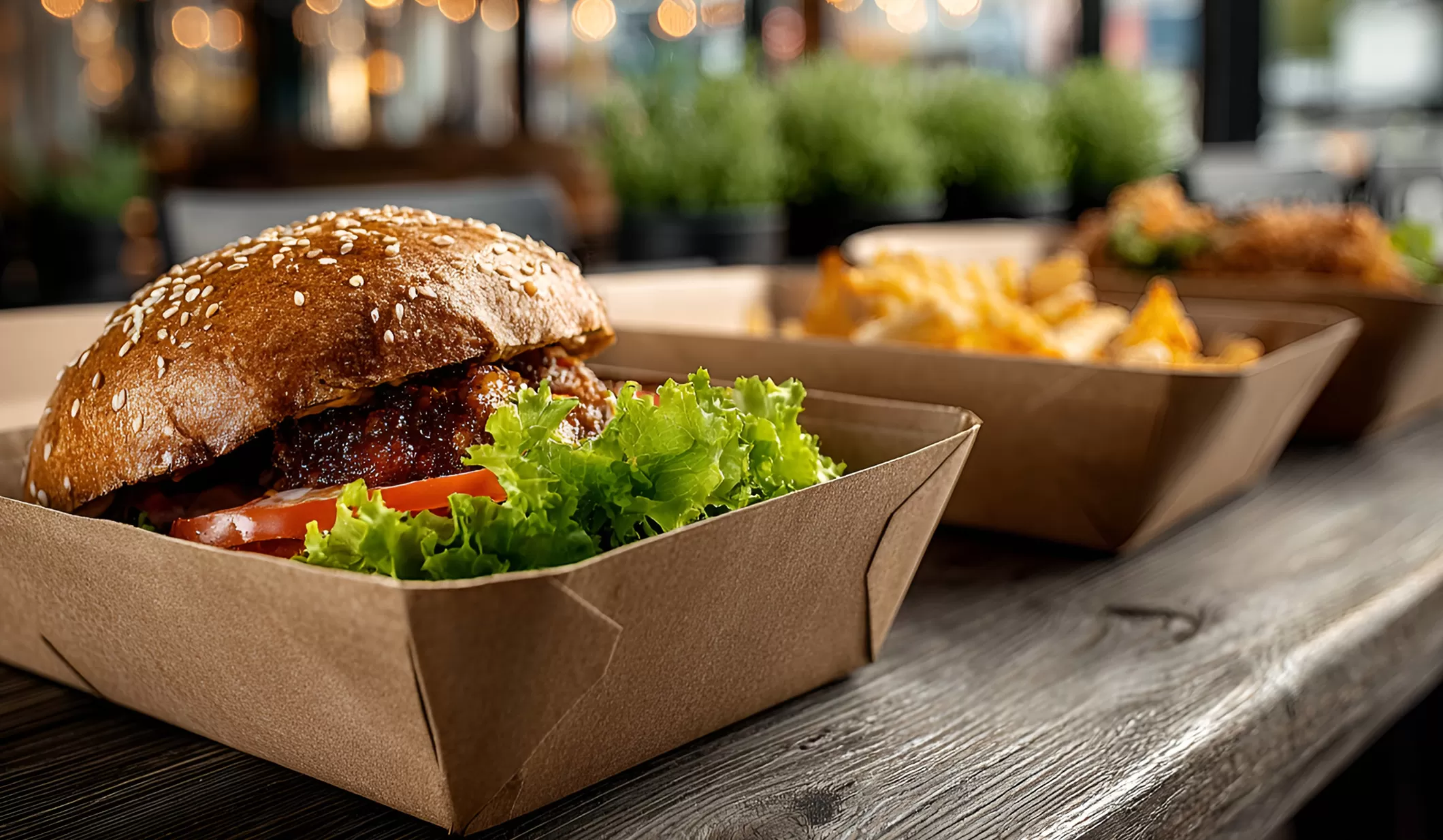
Test the rigidity of the cup
Due to the differences in paper materials, paper containers for food on the market may vary in terms of the rigidity of their bodies (such as cups or boxes). It is recommended that consumers test the cup's rigidity by squeezing it. Opt for products with thicker and stiffer walls to ensure better quality and durability.
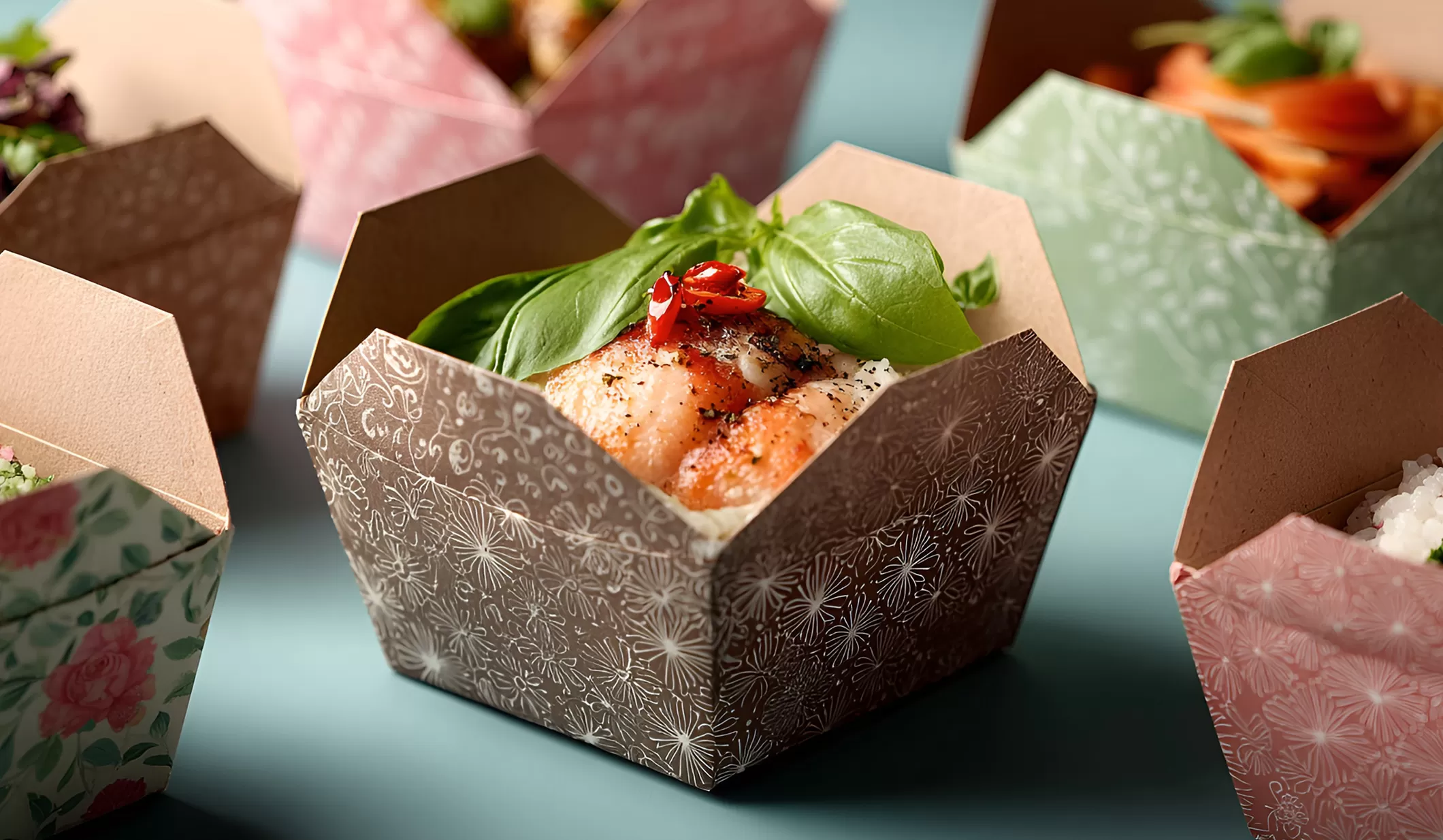
Smell the product
Some paper food packaging containers are printed with colorful patterns and text. When these products are stacked together, the ink on the outside of the paper container can affect the inner layer. Inks may contain harmful substances such as benzene and toluene, which are detrimental to health. Therefore, it is best to purchase products with little or no ink printing on the outer layer. Before purchasing or using, simply smell the product to check for an ink odor. If a pungent smell is detected when opening the package, avoid purchasing or using the product.





